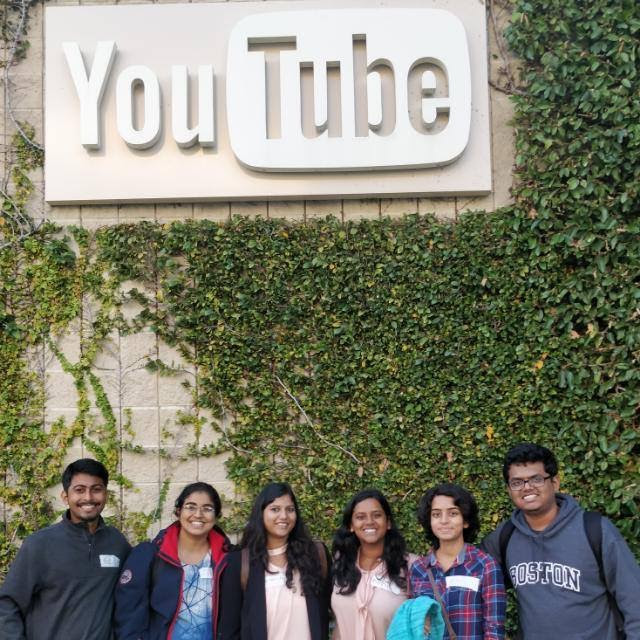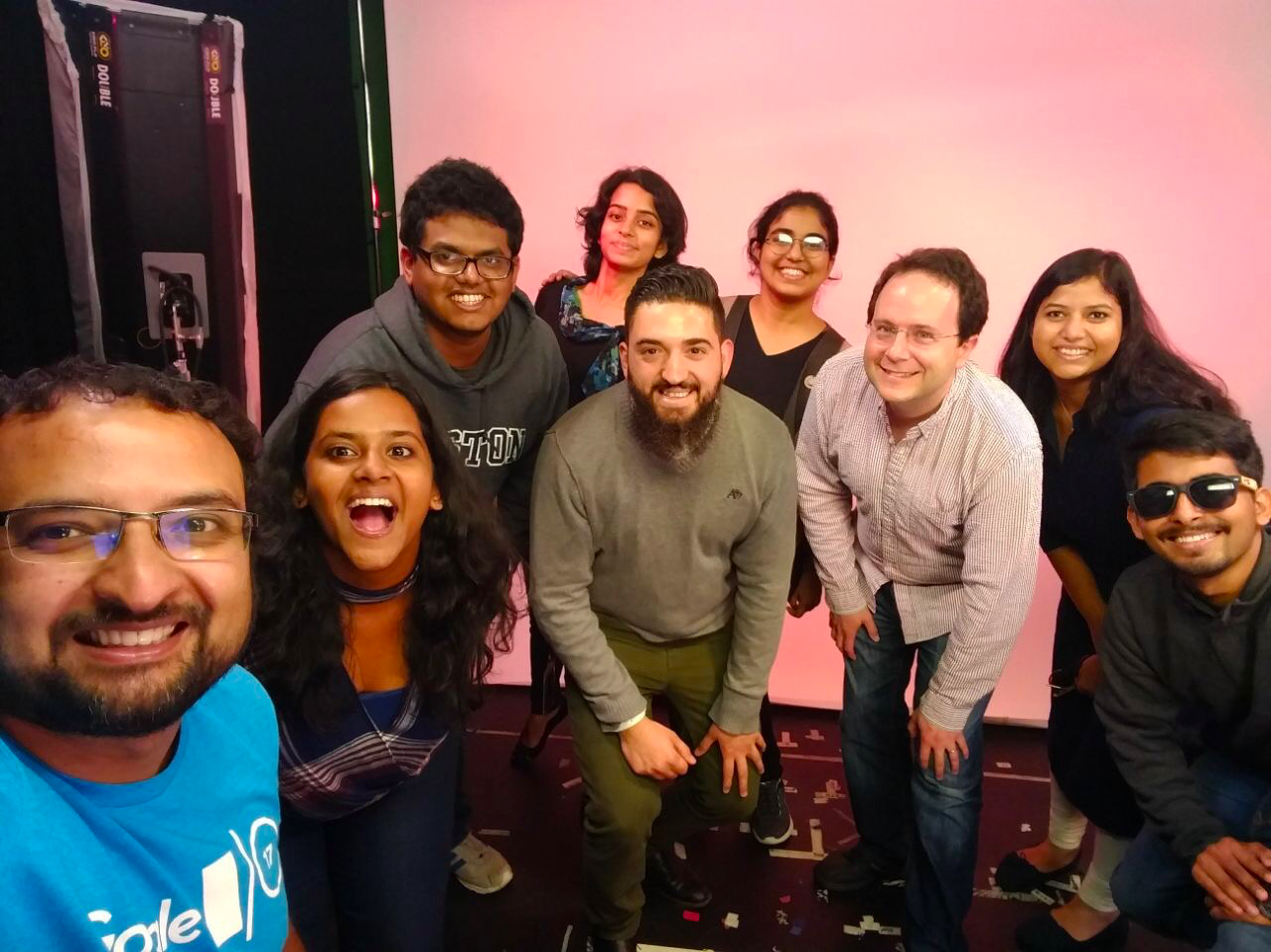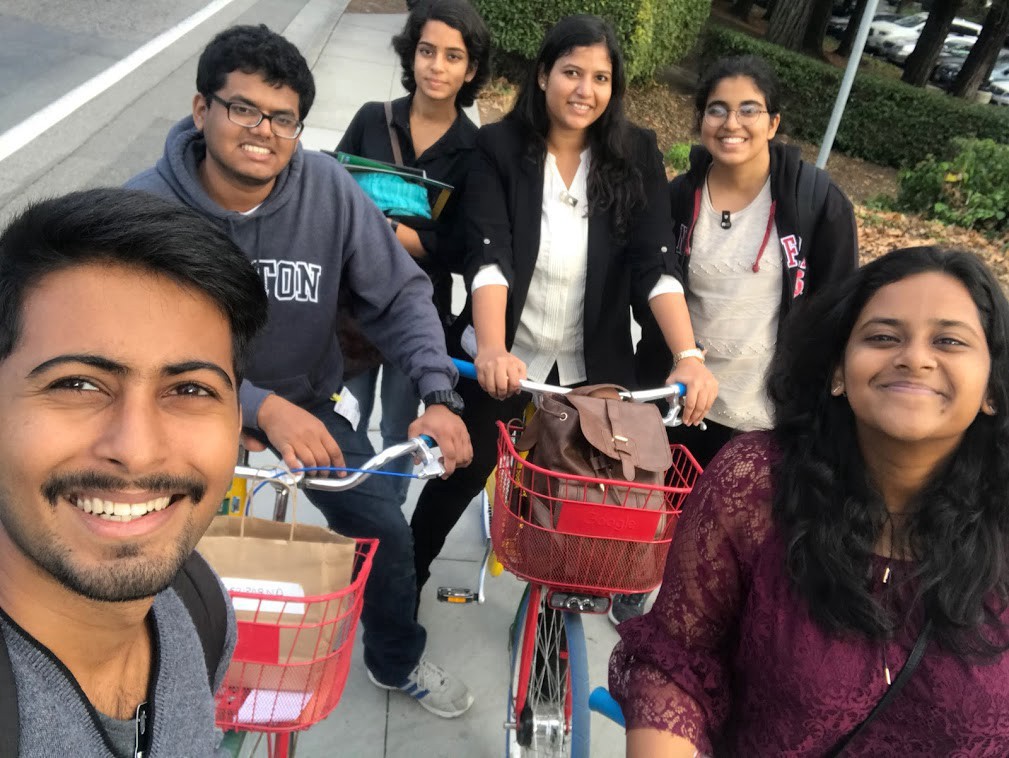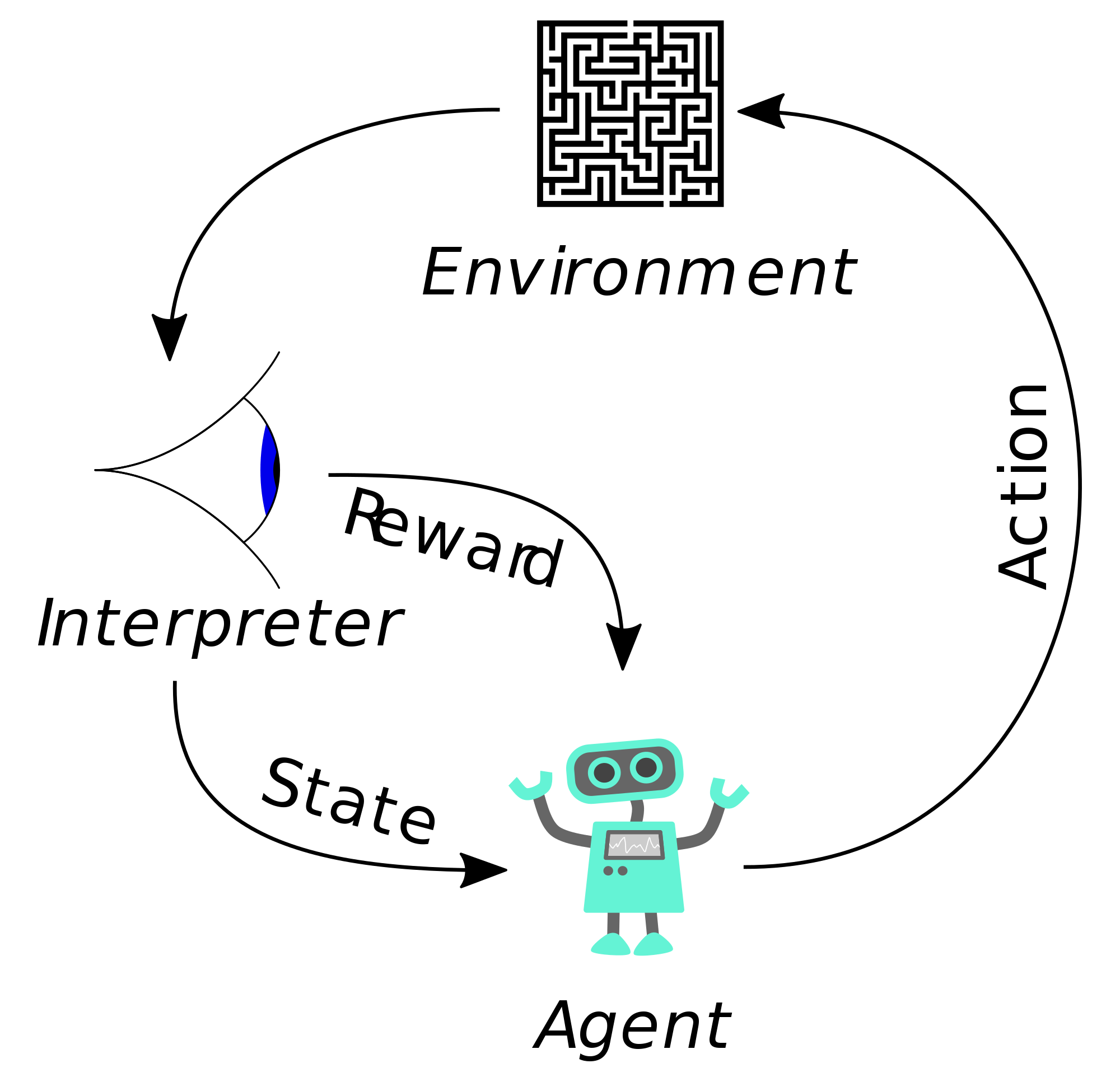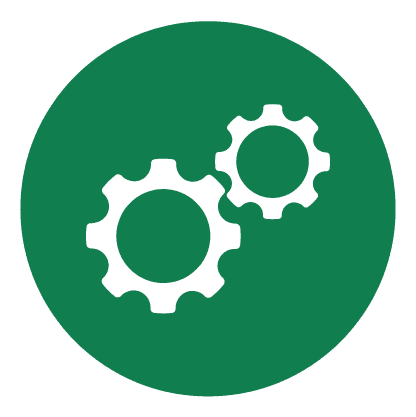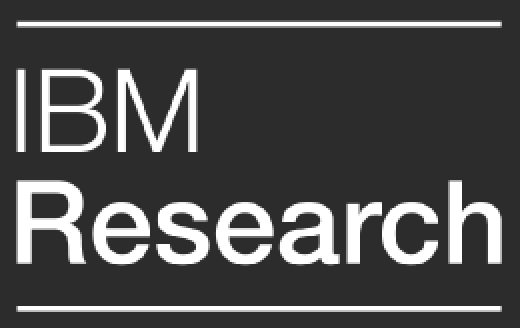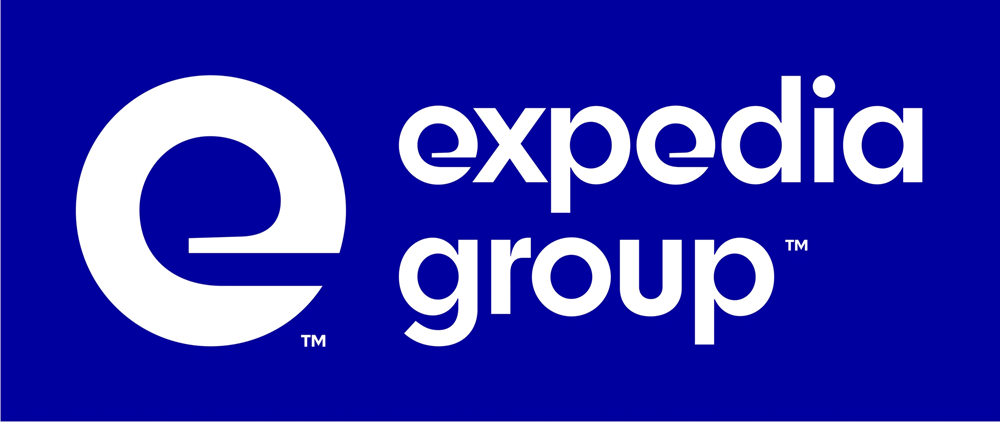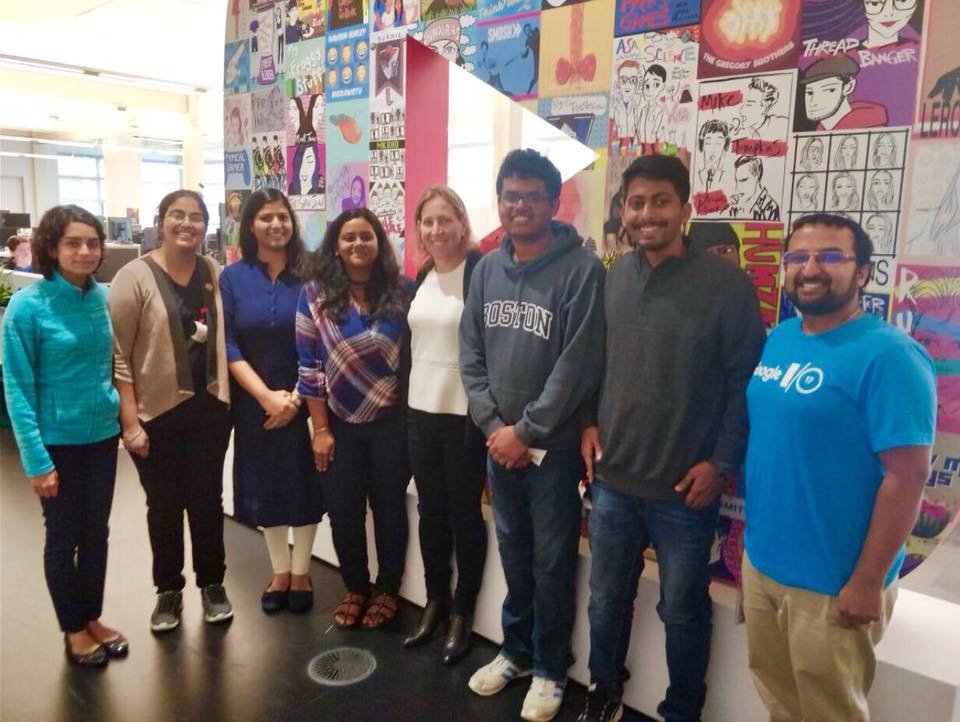
Google Venkat Panchpakesan Memorial Scholarship
Google Venkat Memorial Scholarship
I am one of the 6 awardees of this prestigious scholarship, which recognises ‘Upcoming Computer Scientists and Technology Leaders who wish to give back to the society'. Google encourages budding leaders in the technical field through this scholarship by investing resources in them, including providing them with financial aid to continue their activities, which impact people.
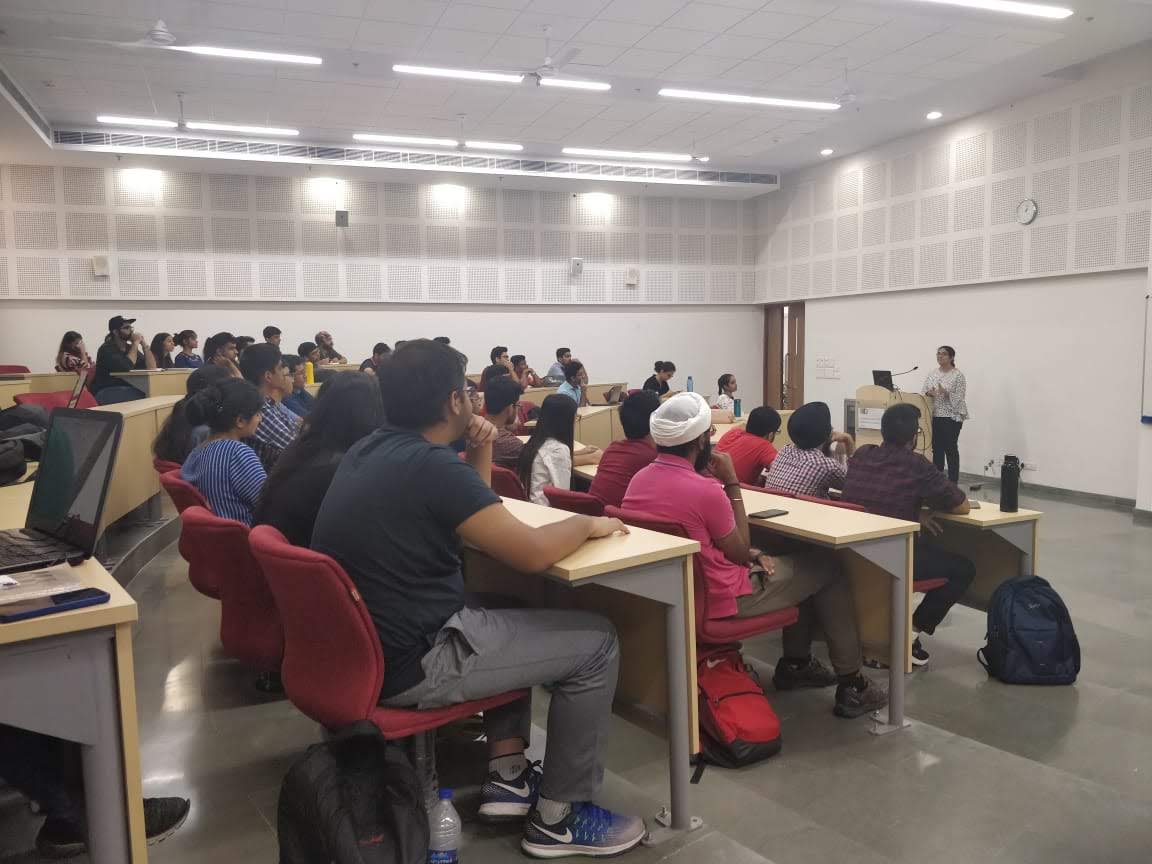
I have always been one of those who would love to do whatever possible, to facilitate an improvement in the lives of all around me, and seeing a company like Google finding value in my Technical as well as Leadership skills, reinforced in me the confidence in my abilities and that, whatever I do counts, as well as provided me with the opportunity to drive my endeavours with more vigour, widening my canvas, and giving me the exposure to the latest technical advances happening globally and how it can be used to bring about a positive impact in the lives of people!

The community of Google scholars is a very closely-knit and nurturing community, with really awesome and helpful people, consisting of both Google Venkat scholars, Women Techmakers APAC scholars as well as Googlers, who are there to help you grow and reach your fullest potential! Kudos to all of you for giving such helpful advice, always!
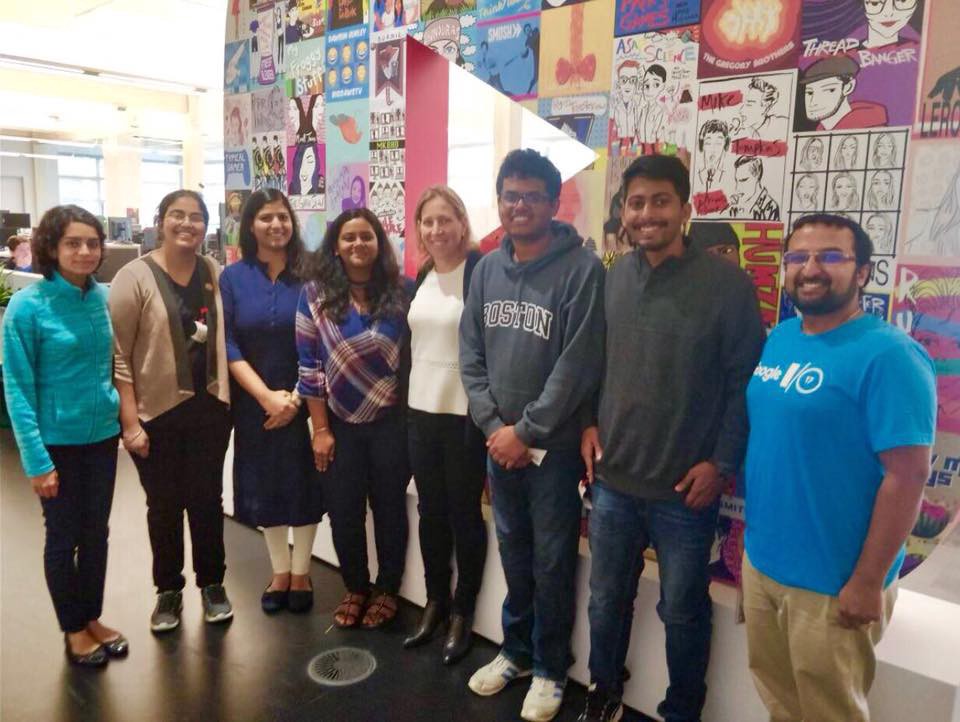
The scholarship also included a retreat at the Google Headquarters, Mountain View and YouTube Headquarters, San Bruno, wherein, we met the prominent leaders in Google and YouTube. We also got a chance to meet and share our work and aspirations with the CEO of YouTube, Ms. Susan Wojcicki, who has a really humble personality, as well as learn about her journey in the tech world, which indeed was extremely enriching! Apart from learning how one of the busiest people in the world manages her time effectively, one of the best takeaways I had was how she invested her time into what she believed had the potential to impact the world and left her secure job, with a very renowned company, to join Google, in 1999, because she realised the difference it was making to the lives of people and the potential Google has!
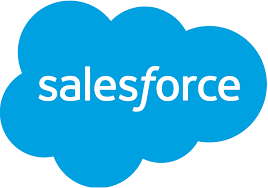
Engineering Excellence Award
Was awarded the prestigious Engineering Excellence Award given to handful folks in the entire (HIPE - infrastructure) cloud for my work to revamp Org Migration Einstein platform increasing availability, reliability and reducing customer incidents - thereby, increasing team's productivity.
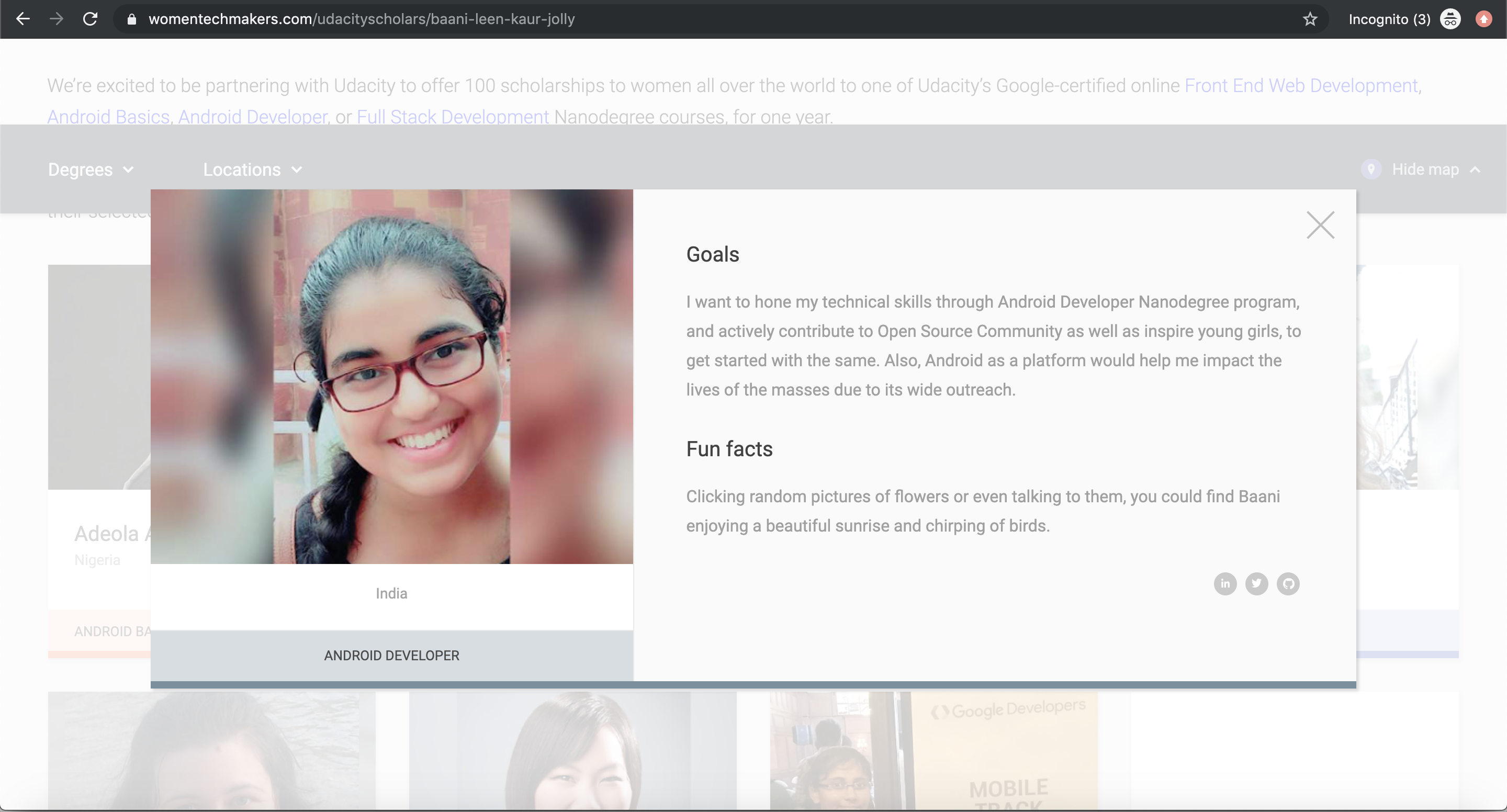
Women Techmakers Udacity Scholar
One of the 100 women globally to recieve the Women Techmakers Udacity Scholarship by Google. One of the 22 women from across the globe, to receive the scholarship for pursuing the Android Developer Nanodegree by Google.
Apart from helping me hone my Android skills and imbibe good coding standards I learnt gave me the confidence to jump into Open Source and eventually led to me completing Google Summer of Code in the coming year and then become a maintainer for my Open Source organisation, it introduced me to this amazingly enthusiastic and hard-working community of women from around the globe, be it students or professionals wanting to change their career trajectories, wanting to make a mark in the tech world, by honing new skills.
We attended monthly video sessions, Ask-Me-Anything sessions, Mock Interviews as well as other skill-building activities throughout the 12 months period conducted by Googlers.
Link to the official WTM scholars website.
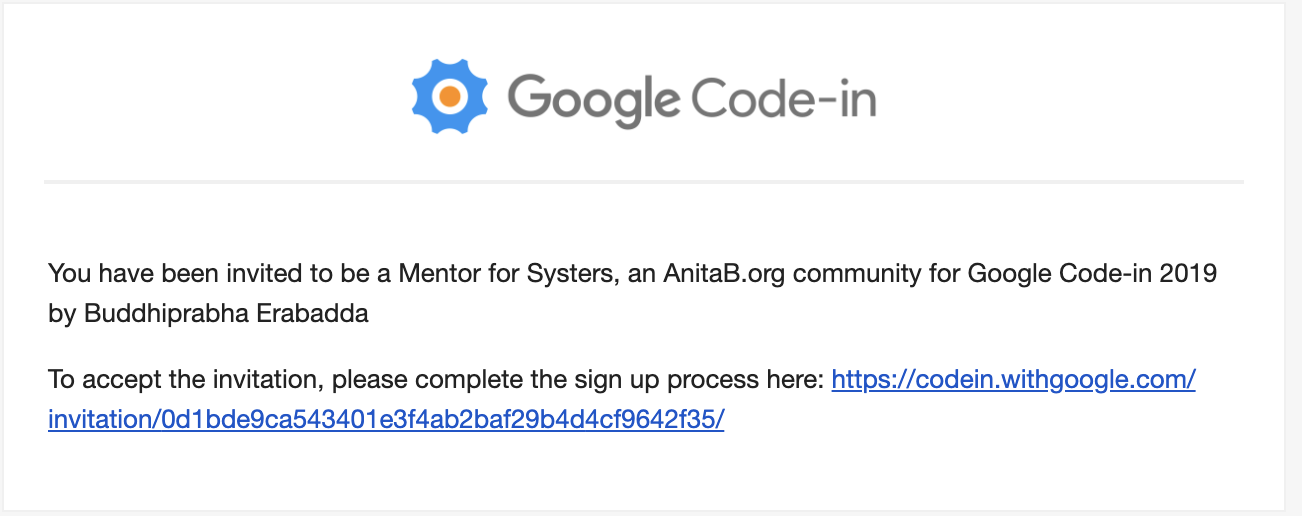
Mentor, Google Code In
Google Code In is Google's global, online contest introducing pre-university teenagers, aged 12-17, to the world of open source development. My responsibilities include creating new tasks, guiding newcomers, reviewing the pull requests, creating quality checks and ensuring that the existing codebase does not break.
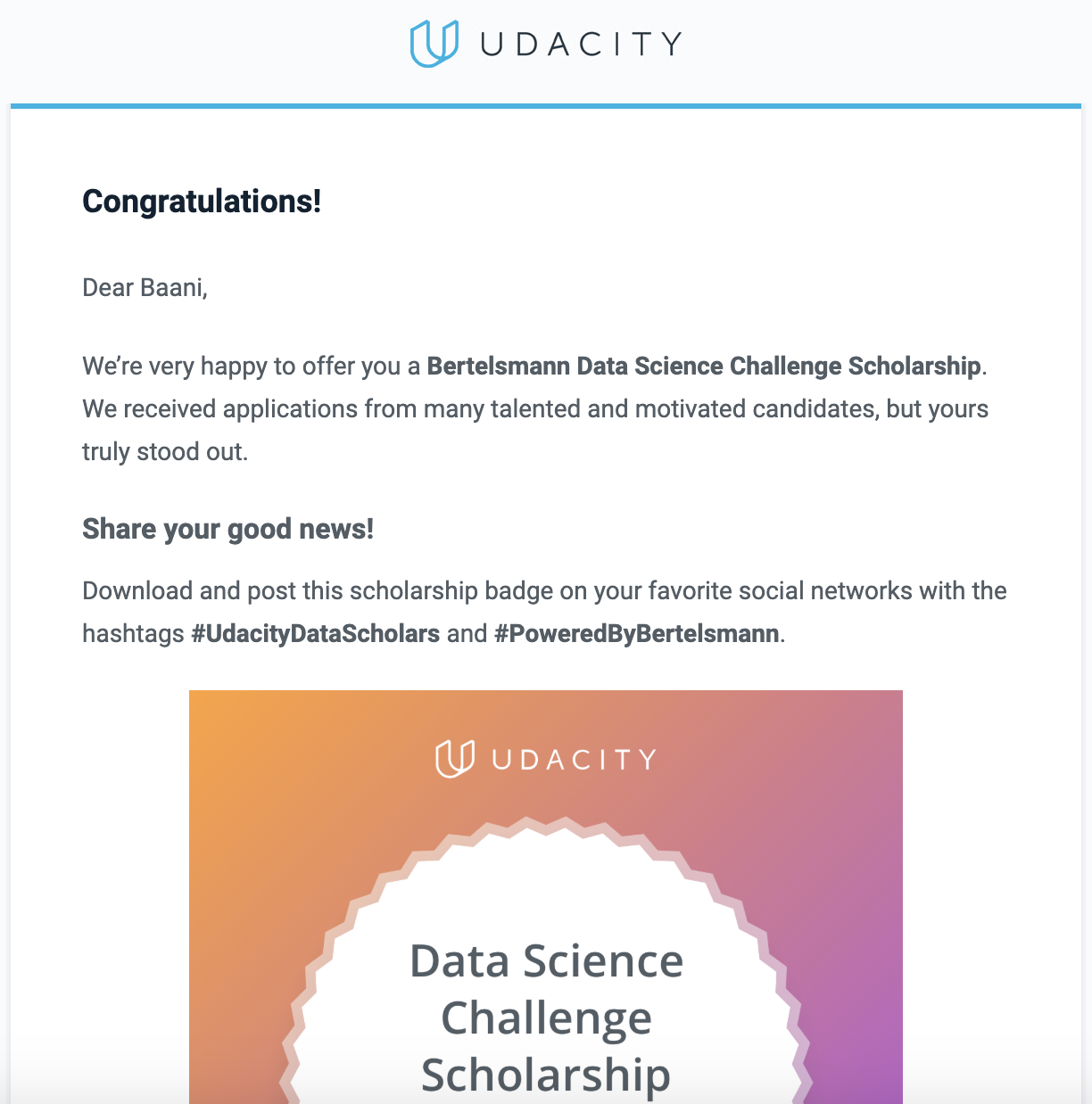
Udacity Bertelsmann Data Science Scholar
Udacity Bertelsmann Data Science Scholar
UdacityI won the Udacity Bertelsmann Data Science Scholarship, which helped me take a deeper dive into the world of Data Science and Machine Learning.
It provided me continuous mentorship from experts for 3 months and gave me the opportunity to collaborate and learn from the amazing community of global scholars, who came together to build projects which helped bridge the gap between theory and application , as well as helped me strengthen my grasp over the basic concepts.
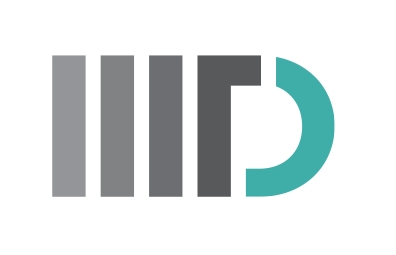
Dean's Award for Innovation, Research & Development
IIIT Delhi
Awarded the Dean's award for Innovation, Research & Development for two of her works:
Clark Kent at SemEval-2019 Task 4: Stylometric Insights into Hyperpartisan News Detection, published at SemEval, NAACL-HLT(Core A conference)
Universal EEG Encoder for Learning Diverse Intelligent Tasks, published at IEEE International Conference on Multimedia Big Data.
Both the works were started as course projects, and then extended beyond the course and subsequently published in the top venues.

Dean's Award for Outstanding Technical Performance - Student's Affairs
IIIT DelhiAwarded the Dean's Award for Outstanding Technical Performance(amongst the only 2 students to get it), both in terms of the acitivities conducted on campus for the Programming Clubs, as well as the overall technical achievements including Google Summer of Code, Google scholarships, international coding competitions, etc.
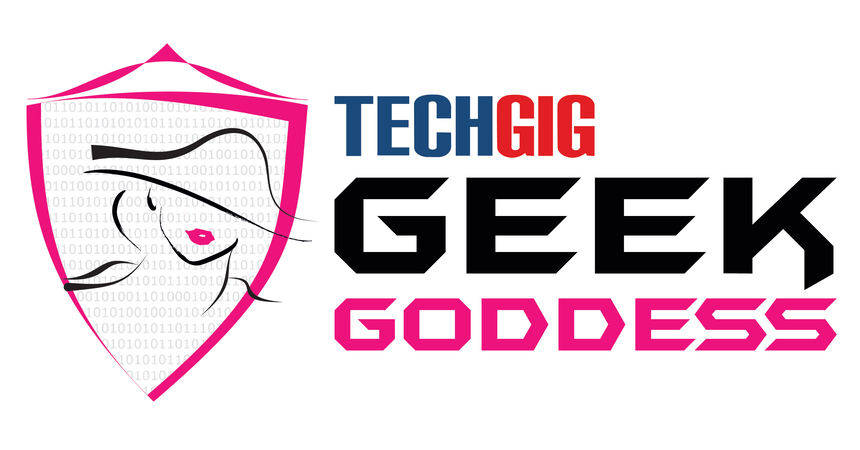
All India Rank 123 out of 68k Participants
TechGig Geek Godess
Geek Goddess is a coding contest exclusively for women in technology and helps in identifying top women developers in India. I was selected as a finalist in the TechGig GeekGodess coding challenge with All India Rank 123 out of 68,000 participants.
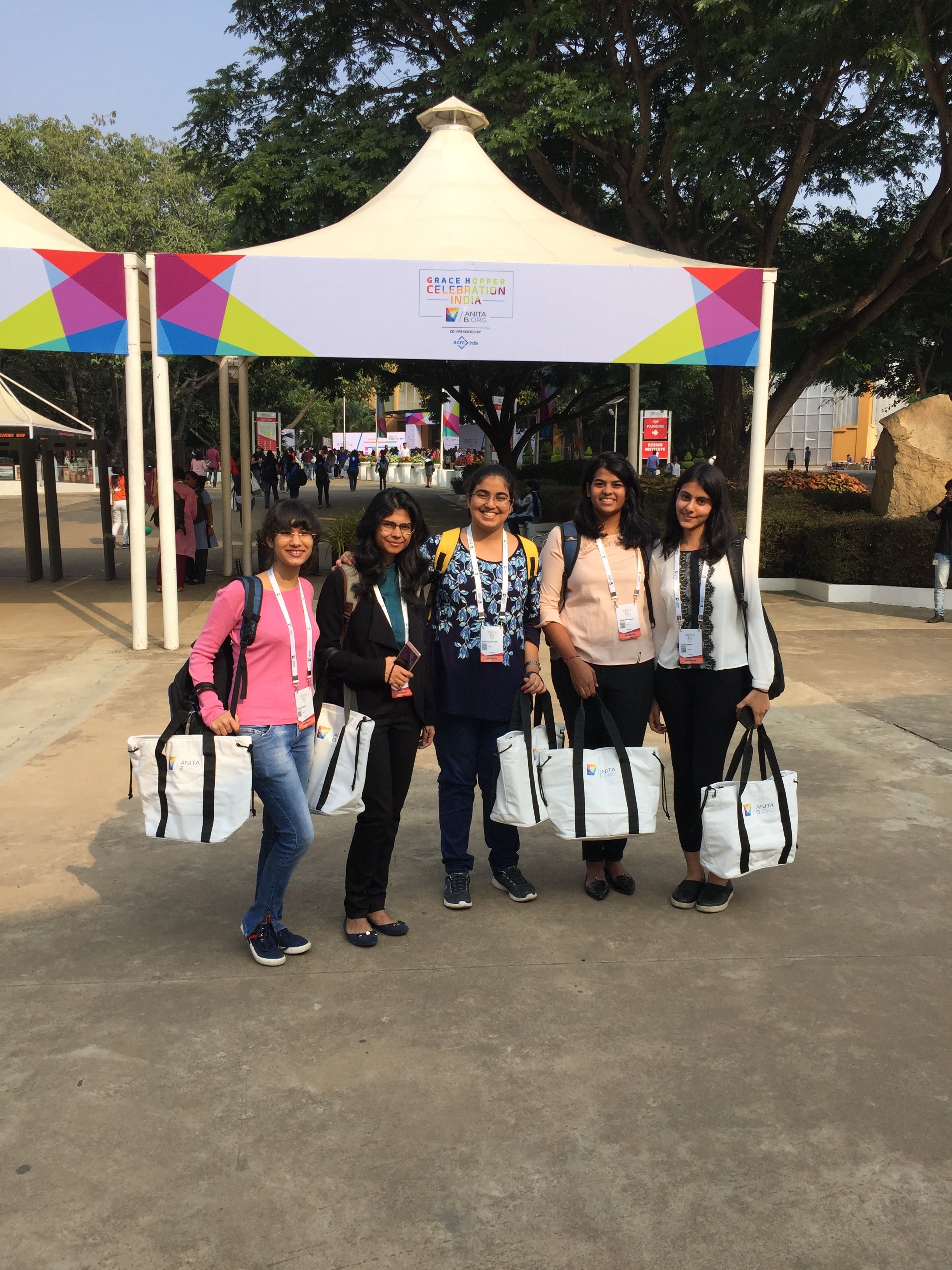
Grace Hoppers Celebration India Scholarship
Google
Received invites & student travel grants, by Google, for Grace Hoppers Celebration India, the largest gathering of women technologists in India. The career fair and networking sessions, and being under a single roof with so many women technologists seemed very empowering.
The variety of research tracks, helped me understand what appeals the most to me. The poster presentations, tech talks, especially those related to using AI for social good, helped by opening a new domain for me, to use my skills to pursue my passion for impacting lives and helping fellow women.
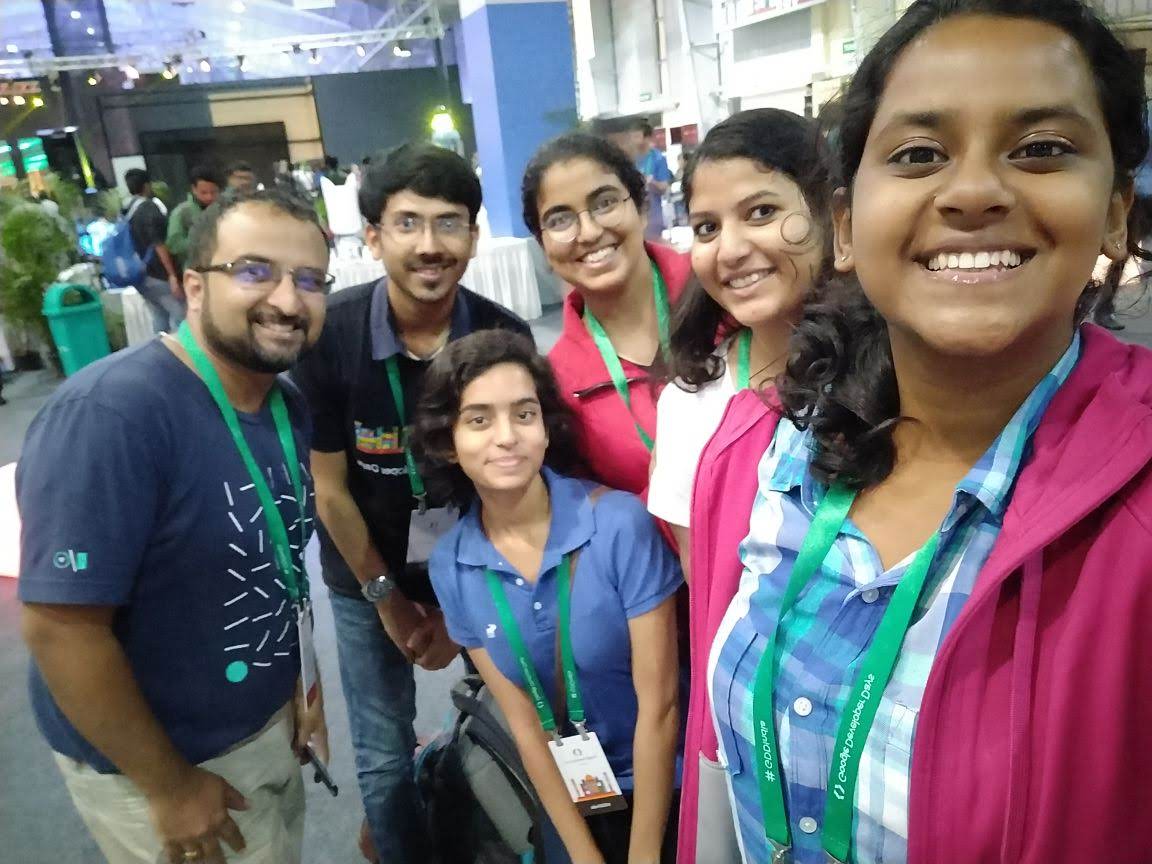
Google Developers Day Scholarship
Google
Received invites & student travel grants for Google Developer Days 2017. Apart from the amazing tech sessions, I was highly inspired by the work done by Niramai(Keynote) for detecting breast cancer, further instilling in me a desire to work in AI for social good.
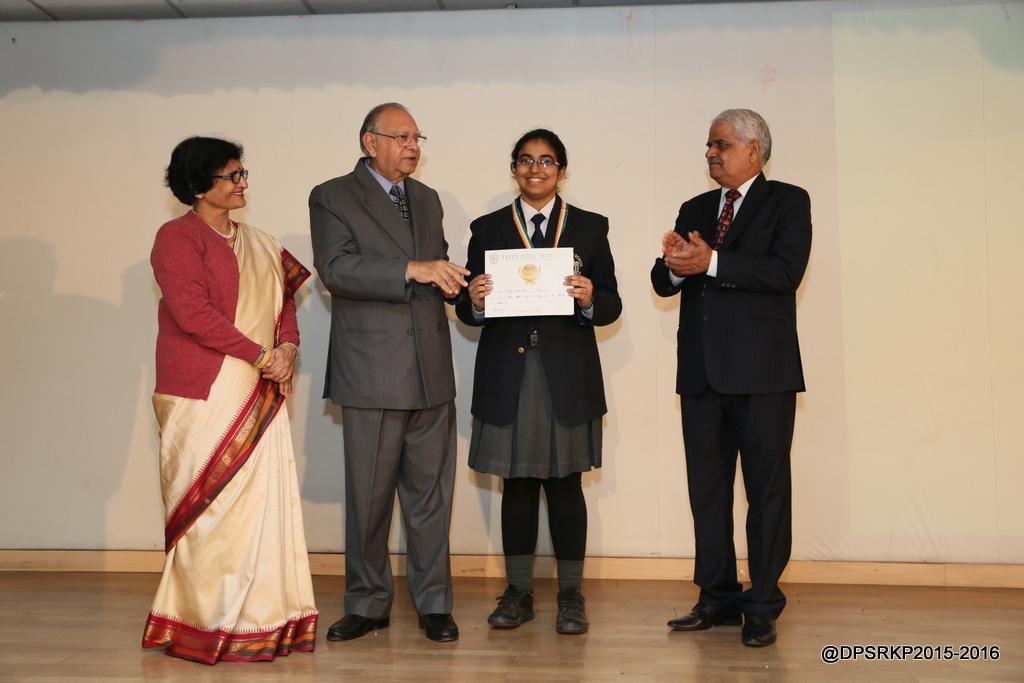
Principal's Gold Medal
Delhi Public School, RK Puram
Awarded with a gold medal, the highest award for Academic Excellence at DPS RK Puram for exemplary Academic Results throughout schooling.
Getting into Delhi Public School, RK Puram, India's #1 ranked school was a dream come true. As per the norms, in Delhi Public School RK Puram, students wear a different coloured tie and coat, according to their academic and extra-curricular achievements.
Any student who has studied in a Delhi Public School, and has secured above 80% marks in classes was consistently awarded for academic excellence, and thus was eligible to recieve a blue tie,in grade 11, the second highest academic award in DPS RK Puram.
However, since I was a student from a non-DPS school, I receieved a green badge, in grade 11, the academic award given to beginners, with the first year of academic excellence.
I was told by my teacher, that in order to win the highest award for Academic Excellence at DPS RK Puram, and be a gold medallist, any non-DPS person would have to score above 90% in class 11th, which is an extremely challenging task in the Indian education systen.
I took it up as a challenge, and wanted to be at par with my peers, worked really hard, and eventually secured 93%, and was awarded with the gold medal, blue tie and the blue coat, in class 12th, for my exemplary performance.
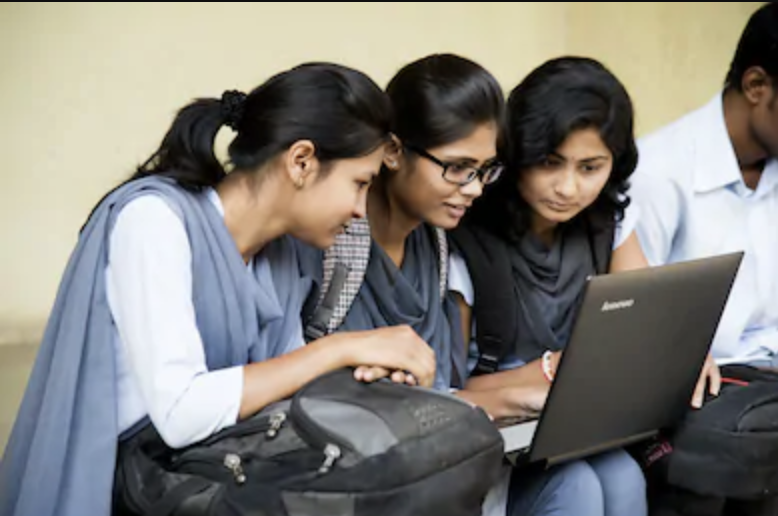
Girls in STEM
IBM Research LabThe under-representation of women in the STEM field is a widely prevalent phenomenon. Despite women constituting nearly 50% of the labor market, women constitute only 28% of the STEM jobs. I strongly believe that apart from having supportive and nurturing environments for women in tech, the change needs to be done at the grassroot level, i.e. the interventions need to take place at the school level.
The project focuses the lens on school girls in the 12-18 age group, and aims at understanding the factors which lead to the girls not taking up STEM courses. This is a our step towards trying to understand where the root problem of lesser girls chosing STEM lies.
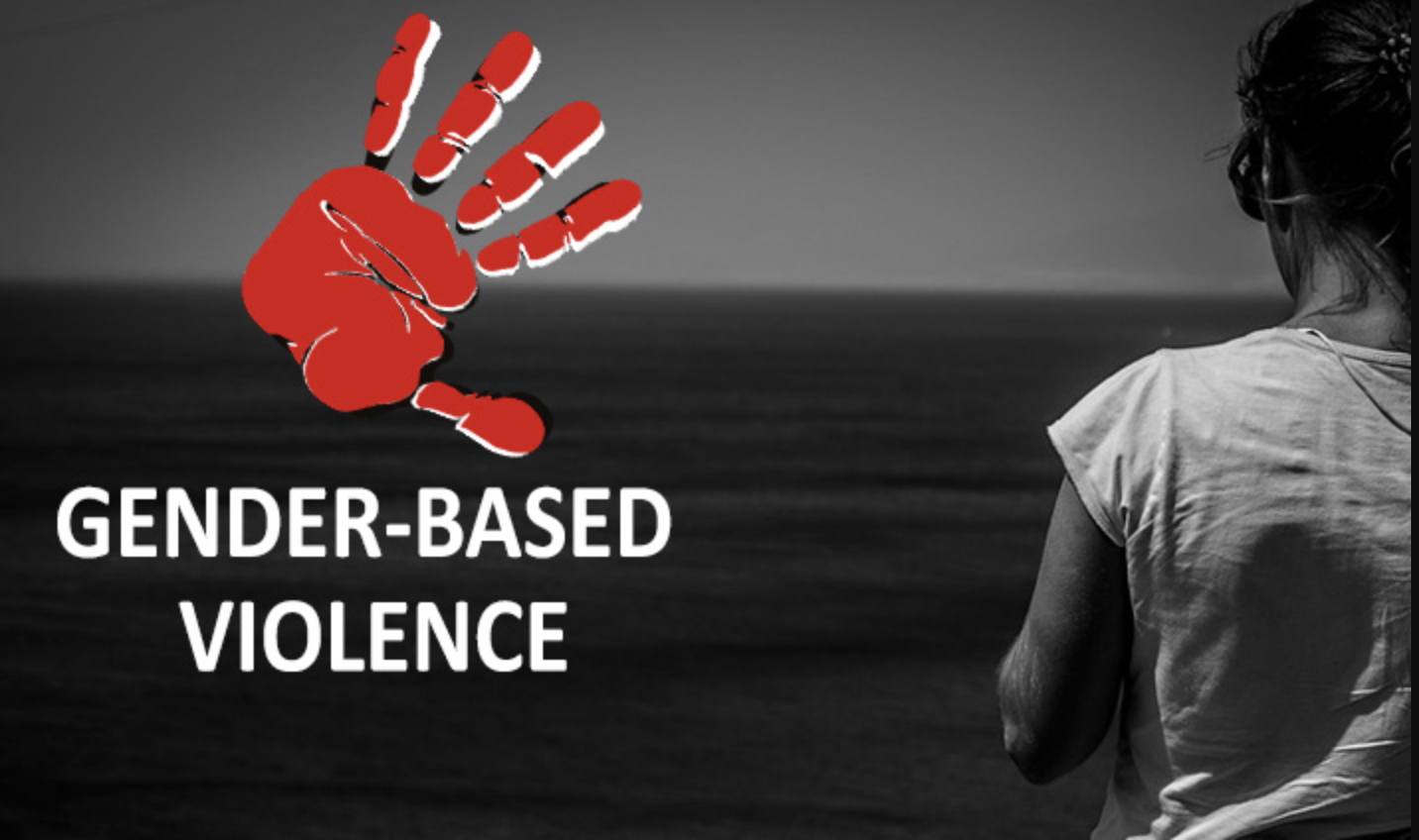
Violence Against Women
IIIT Delhi
Violence against women is a rampant social problem in our society. According to studies by WHO and National Family Health Survey, 35% women globally, have experienced either physical and/or sexual intimate partner violence or non-partner sexual violence and 27% women have experienced physical violence since 15 years of age in India. With the increase in the usage of Social Media, it offers an opportunity to detect and predict cases of Domestic Abuse.
Our work focuses on creating more precise, efficient and explainable models on the same, as well as design psychological nudges which can help the women report Domestic Violence.
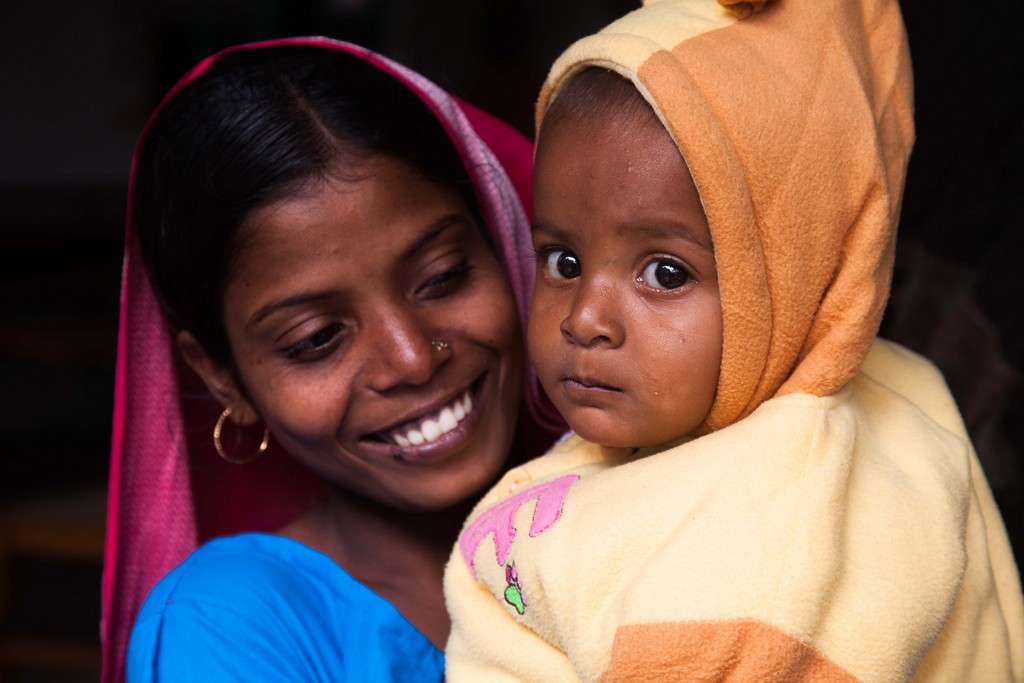
Disseminating Maternal Health information to rural Indian women
NGO: SWACHWorked on designing a low-resource, mobile based learning and collaborating platform to disseminate maternal health related information amongst rural women for improving reproductive and child health.
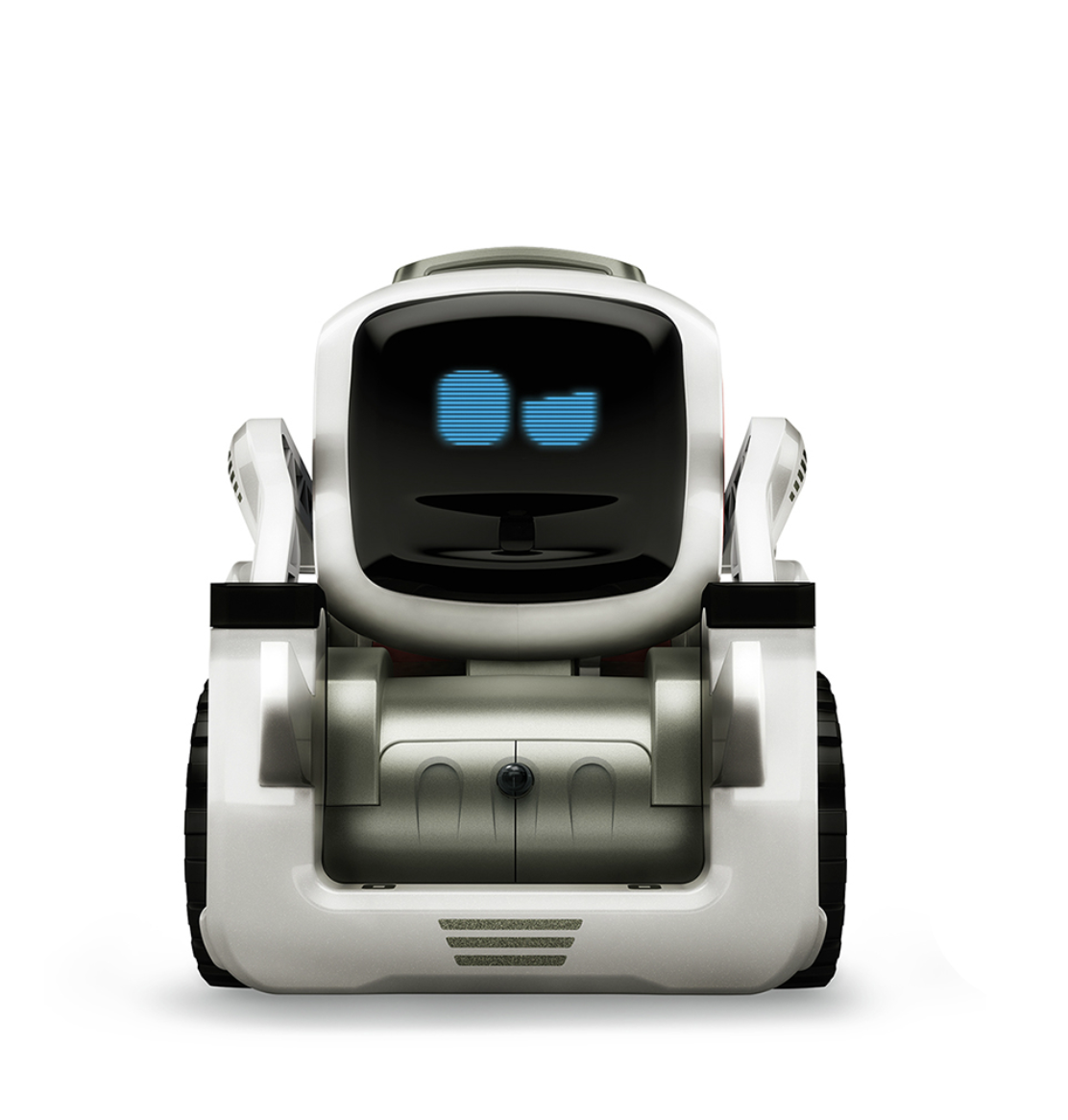
Human Robot Interaction
Social Robotics
We studied how different types of robots (varying in their appearance, anthropomorphism, emotions and level of interaction) are perceived in complex affective settings and how variations in these features and their induced stimuli are correlated with their perceived uncanniness.
Additionally, we shall also study the correlation of humanistic traits(gender, age, expectations from the robot, personality traits,etc) with robot perception.
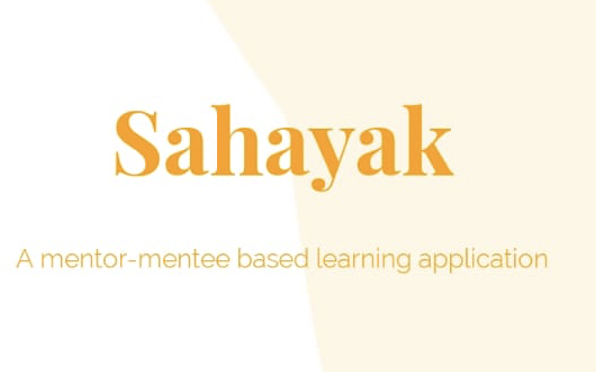
Sahayak - A mentor mentee application
IIIT DelhiMotivation comes from lack of applications which allow people to learn to speak Indian Languages.
As per UNESCO report, by the turn of the century, it is estimated that at least 50 per cent of the world’s current spoken languages will be extinct.
Various skills like handicraft, which have a risk of dying out with the current generation and thus, have skilled people who want to pass it to the next generation and there exist, in a different part of the world eager learners looking for guidance to learn those skills.
We connect the mentors with the learning enthusiasts.
We connect the enthusiastic learners to the proficient skill holders, on a secure platform.
Our Application is a one-stop solution for all learning needs.
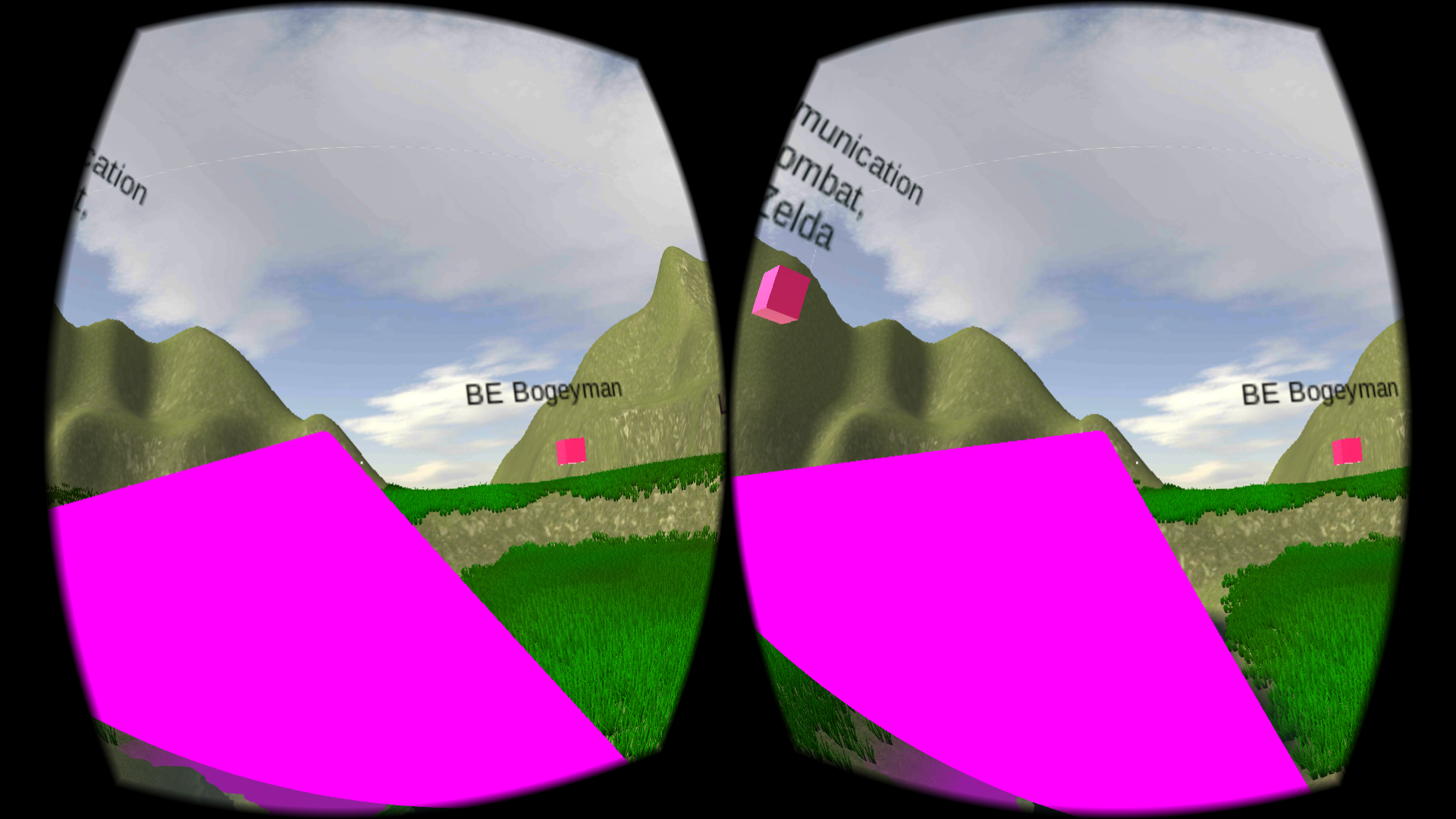
Escapade Virtual Reality Game
IIIT Delhi
Developed a 3-D Virtual Reality game in Unity, complete with the environment and a playable character. Uses Google Cardboard API and other freely available assets from Unity store.
Game is a shooting game, where you have to shoot down all the deadlines in order to enjoy your holiday ! (Typical Student life scenario).
Core logic designed in C#.
You can access the source code here.
Making of the game is documented here.
Download the APK here and play on your android phone !
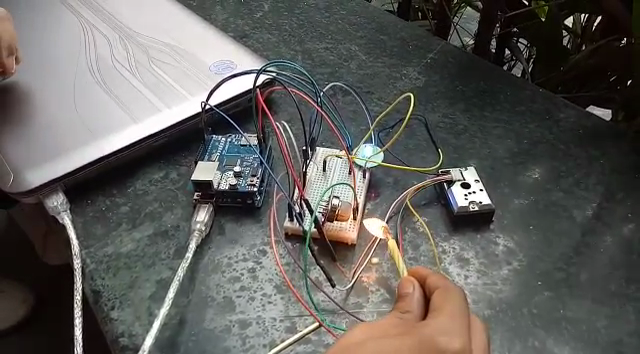
Air Pollution Monitoring System
IIIT DelhiThis is an arduino based solution that can measure values from dust sensor (Sharp Dust Sensor) and Gas Sensor (MQ135) It then displays led colour in accordance with the sensor value to indicate amount of pollution, where the led blinks alternately, giving the output of both sensors visually on the same RGB led.
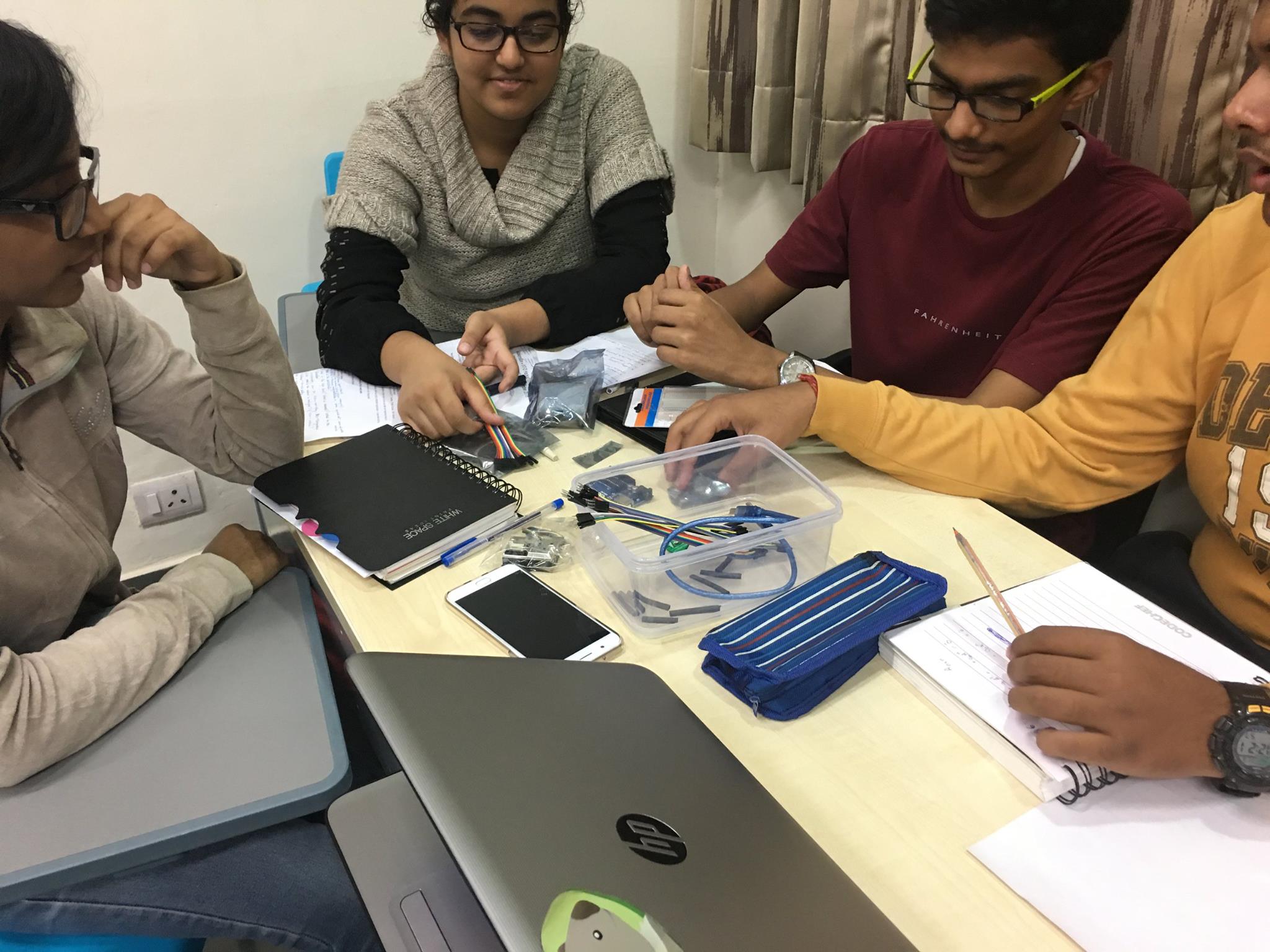
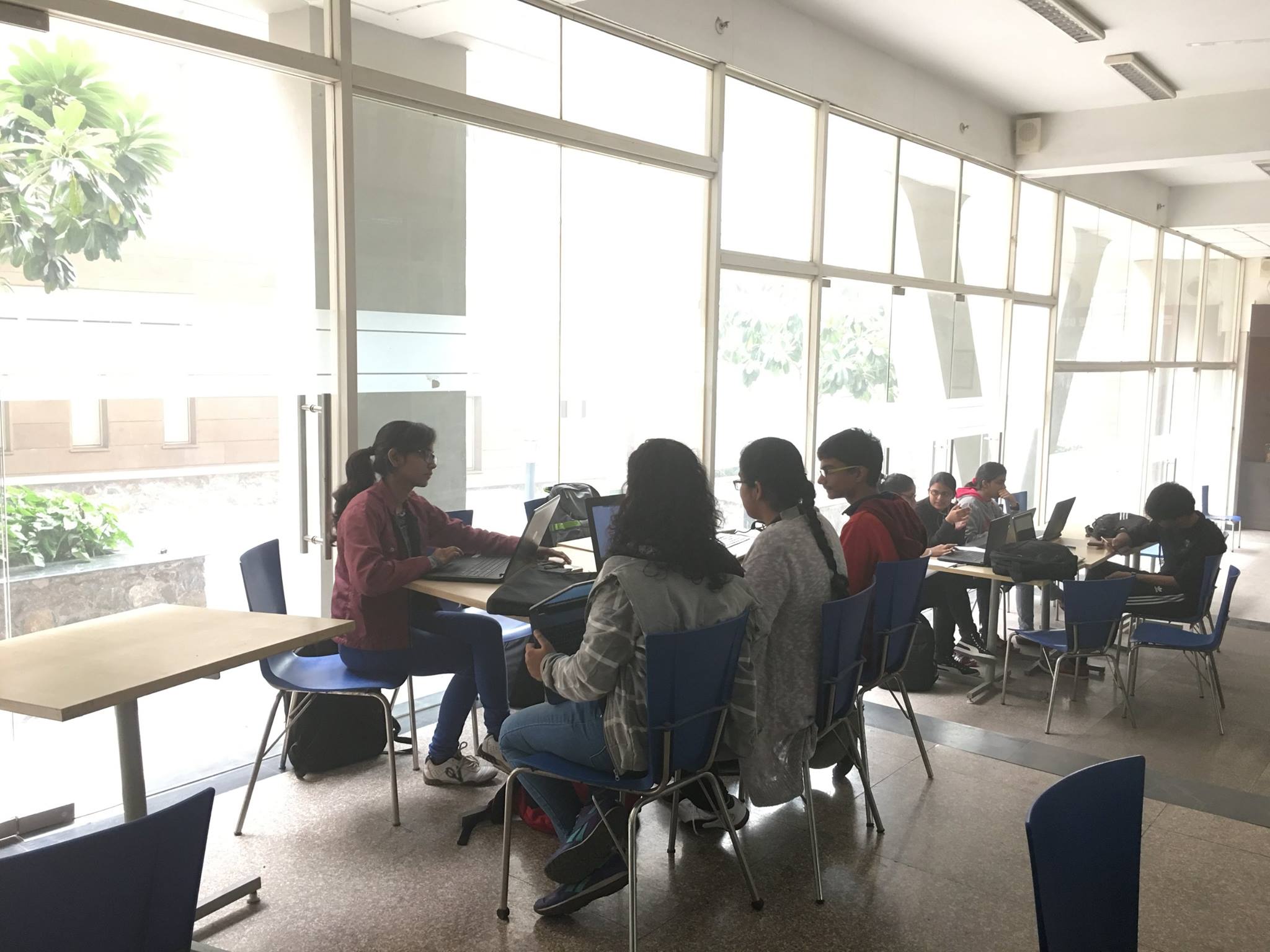
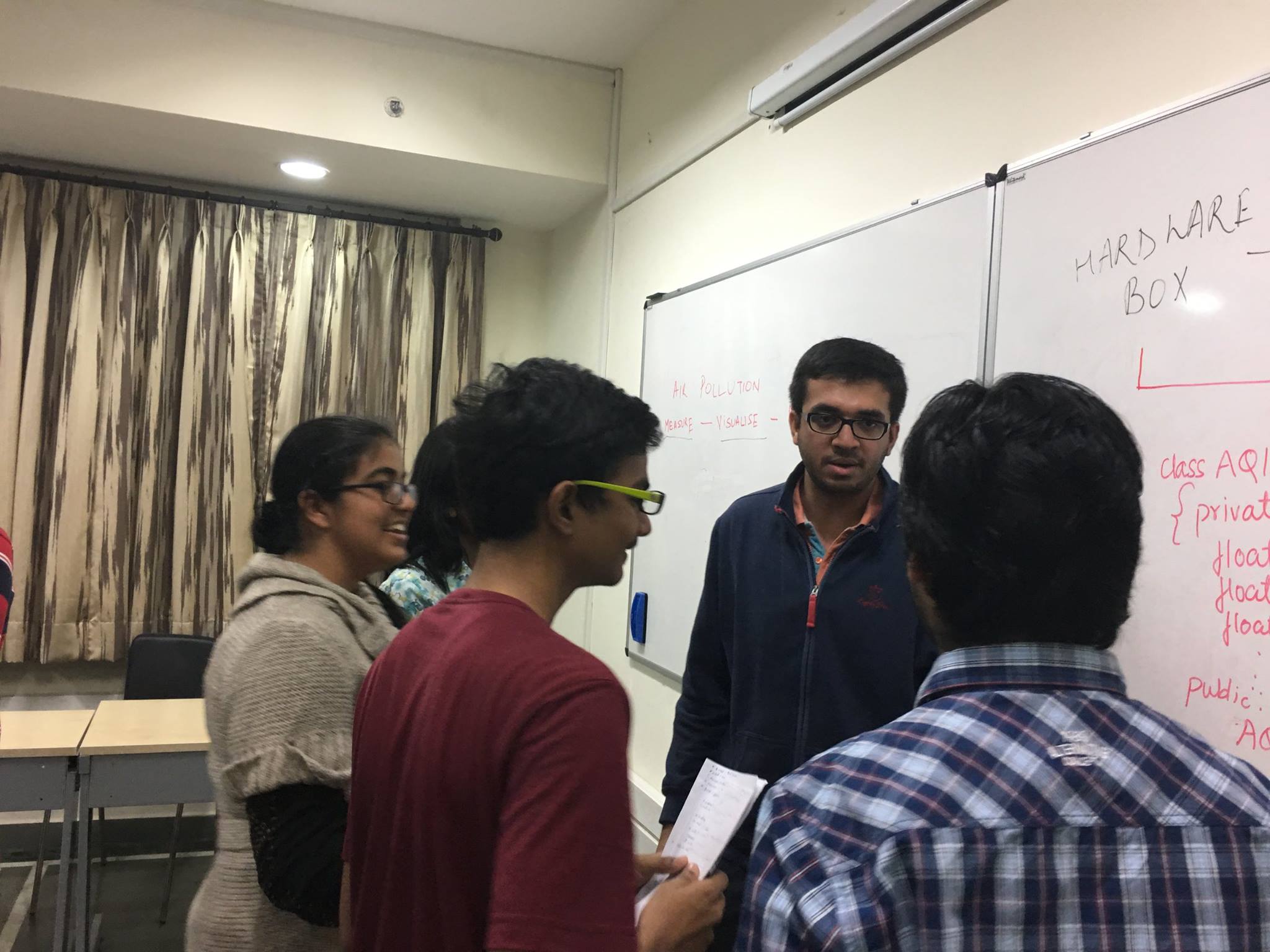
Also you can access the Arduino code here.
You can view the Facebook Album for this MakersBox Hackathon here.

Cardiosol
IIIT DelhiCardioSol is one of the most efficient and easy ways of detecting the possible occurence of Tachycardia. Capable of detecting your heartbeat rate from the webcam, CardioSol is a must have for one’s well - being, as it carries out easy checkups at home. CardioSol does not need Internet connectivity and thus, comes to the rescue of people living in remote areas with poor internet connectivity, connecting them with suitable doctors in their city, in case they are detected with the possible occurence of the disease.
It calculates the patients’ heartbeat rate by using the laptop’s webcam based on an algorithm. In case, the user shows the symptoms of Tachycardia, it prompts the user to answer a questionnaire, based on which, it suggests the user, suitable remedies or the contact details of suitable doctors.
Made during HackDTU Hackathon.
Team - CodeChamps.
Also you can access the source code here.
Code Attributions: We have based our application on the pulse detection algorithm of the following repository : https://github.com/thearn/webcam-pulse-detector available in the open source domain.
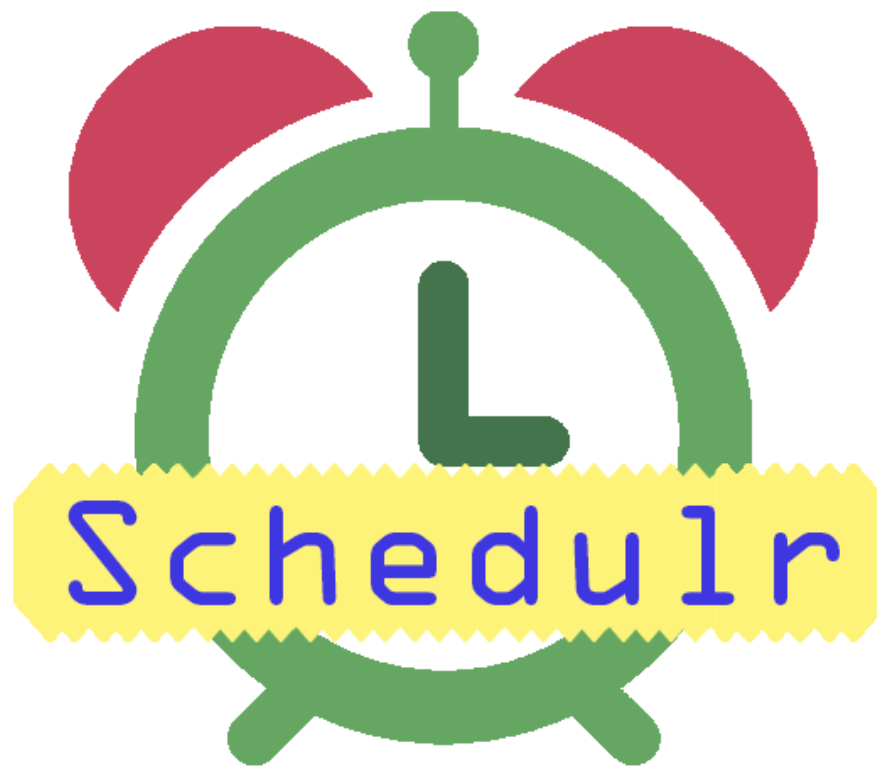
SCHEDULR
IIIT DelhiA javafx based program to handle the time table management of an institution Supports functionality for:
- Student
- View and Register for courses
- View global and personalised timetable
- Place a request for TimeTable Booking
- Cancel bookings already made
- Faculty
- View and Register for courses
- View global and personalised timetable
- Book slots in TimeTable
- Cancel bookings already made
- Admin
- Accept/Reject Requests from students
- View global and personalised timetable
- Place a request for TimeTable Booking
- View Bookings by any person and power to cancel them
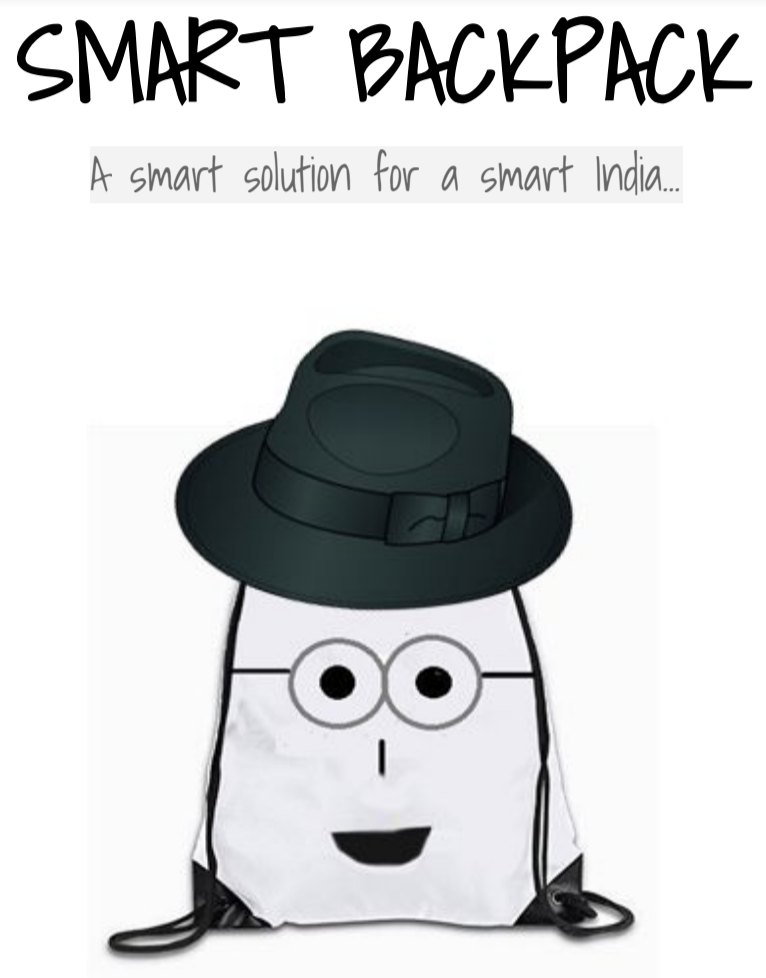
Smart Backpack
IIIT Delhi
Led a team of four to develop an IoT-powered device which allows the user to pack their bag by automatically verifying the items against a user-created checklist on the Android phone, has a potent Anti-theft mechanism based on Bluetooth, coupled with GPS tracking - sharing location with a remote person and is capable of finding lost items.
It uses an Android app as the interface and uses Arduino and Raspberry Pi microcontrollers.
The project was awarded a A(10.0) grade, and was highly appreciated by faculties from other departments during the project showcase.

Chapter Head
Women in Machine Learning and Data Science, Delhi
Leading India's first Chapter of Women in Machine Learning and Data Science with a mission to support and promote women practising, studying or interested in the fields of machine learning and data science.
Organizing various meet-ups and webinars to provide a platform for women to engage in technical and professional conversations in a positive and supportive environment.
Delhi Team: http://wimlds.org/about-the-delhi-team/
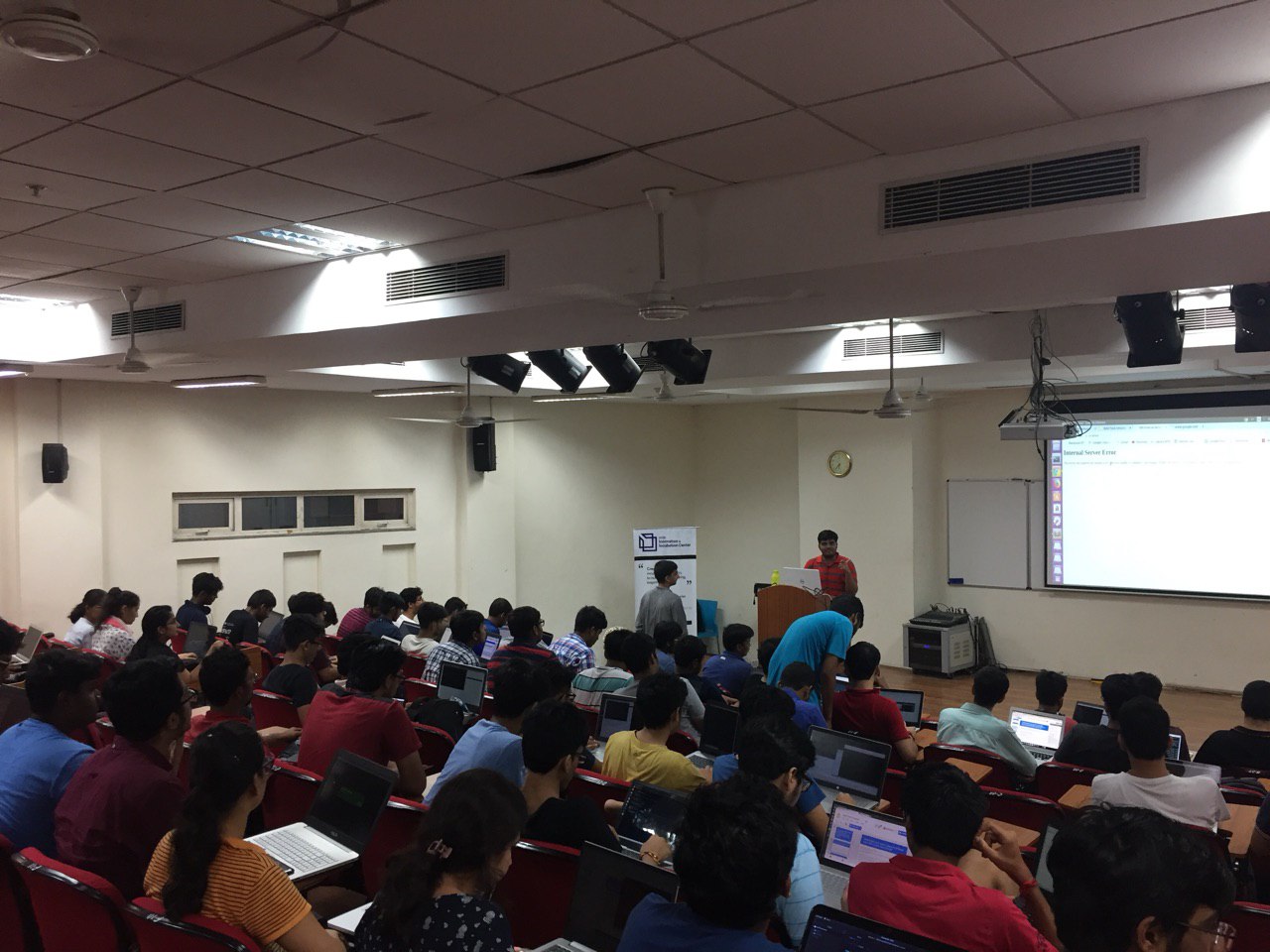
President
Byld, Software Programming Club of IIIT Delhi
Being the Club Coordinator of Byld for nearly two years, I have been engaged in promoting the development culture in the college, by conducting hackathons, informative and technical sessions called hackeves, ,CTFs, etc.
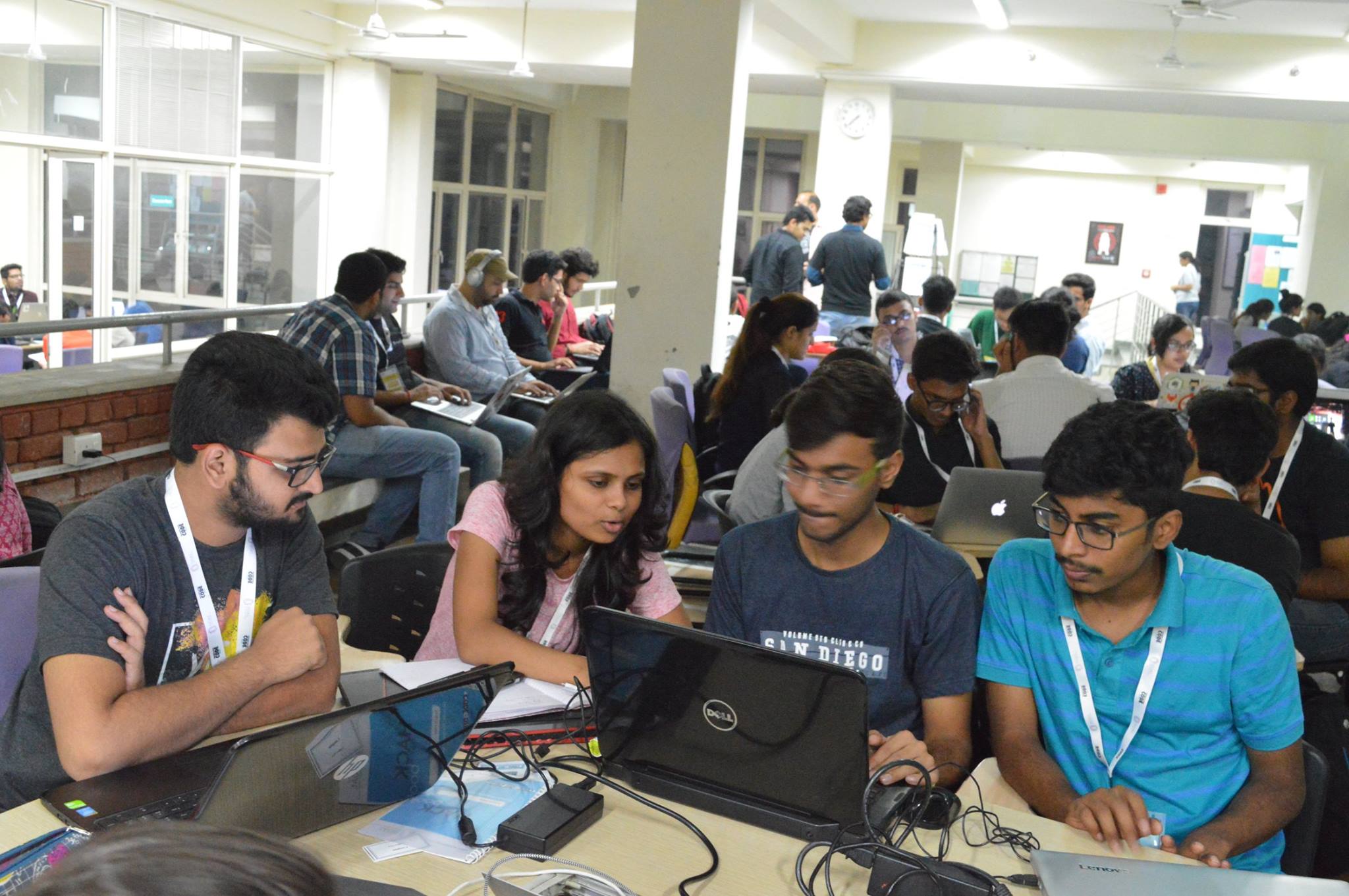
Lead Organiser
Code Off Hackathon
Organised Code-Off Hackathon, by Women Who Code Delhi, in association with Byld, IIIT Delhi, to enable the auidence to build cool stuff they always wanted to build, which can impact people! Bringing people from different walks of life, under a common roof, bubbling with ideas, mentored by well-established people in the industry to build some amazing products!
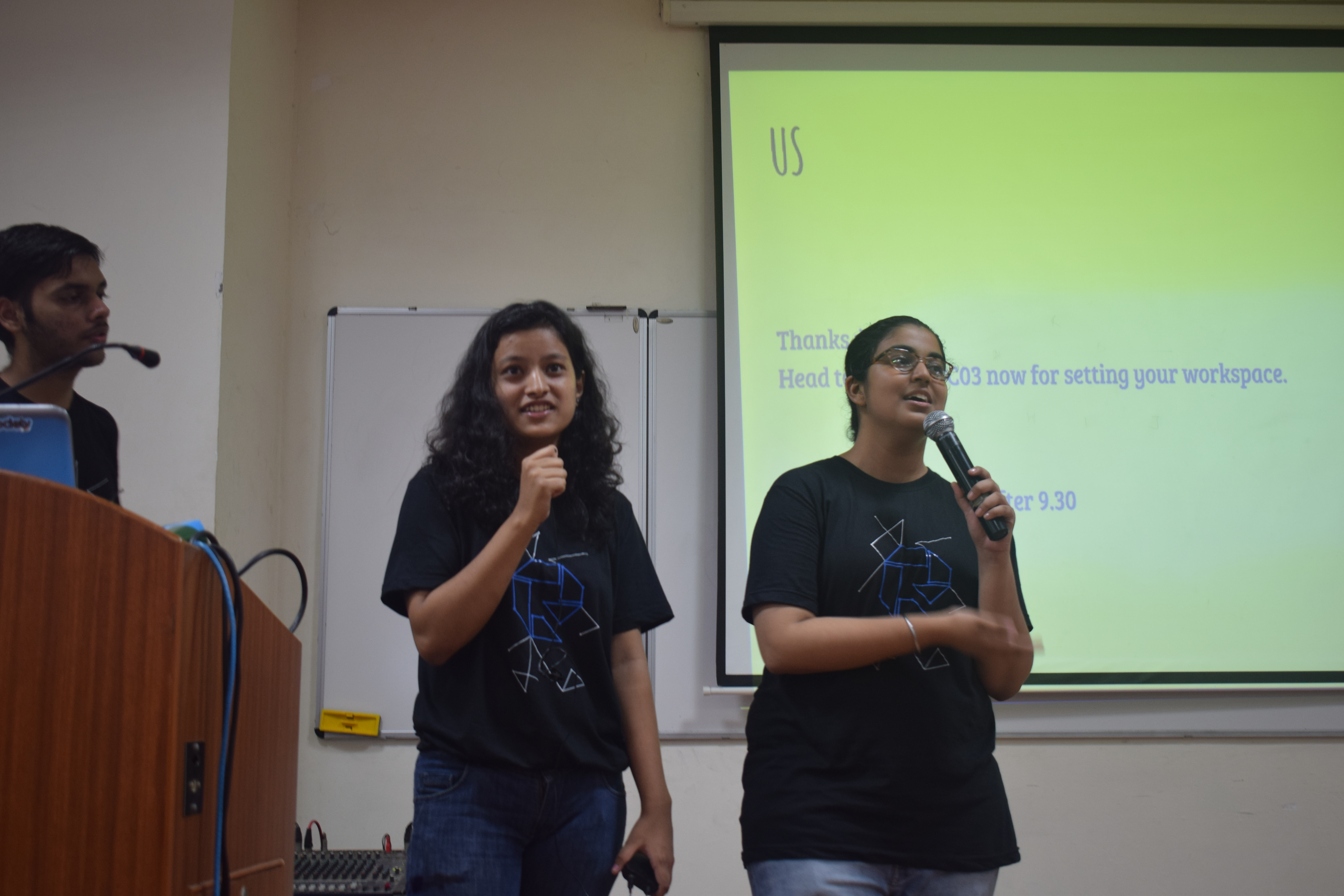
Lead Organiser
HackIIITDHackIIITD is one of the most popular & diverse hackathons in India, which received more than 2000 applications, having international teams, school teams, all-women teams, etc competing with each other under one roof for the champion title. I in a team of 5, arranged for everything, from sponsorship, publicity, selection of participants, to the hospitality, maintaining Public relations as well as managing the event and leading my team of volunteers.
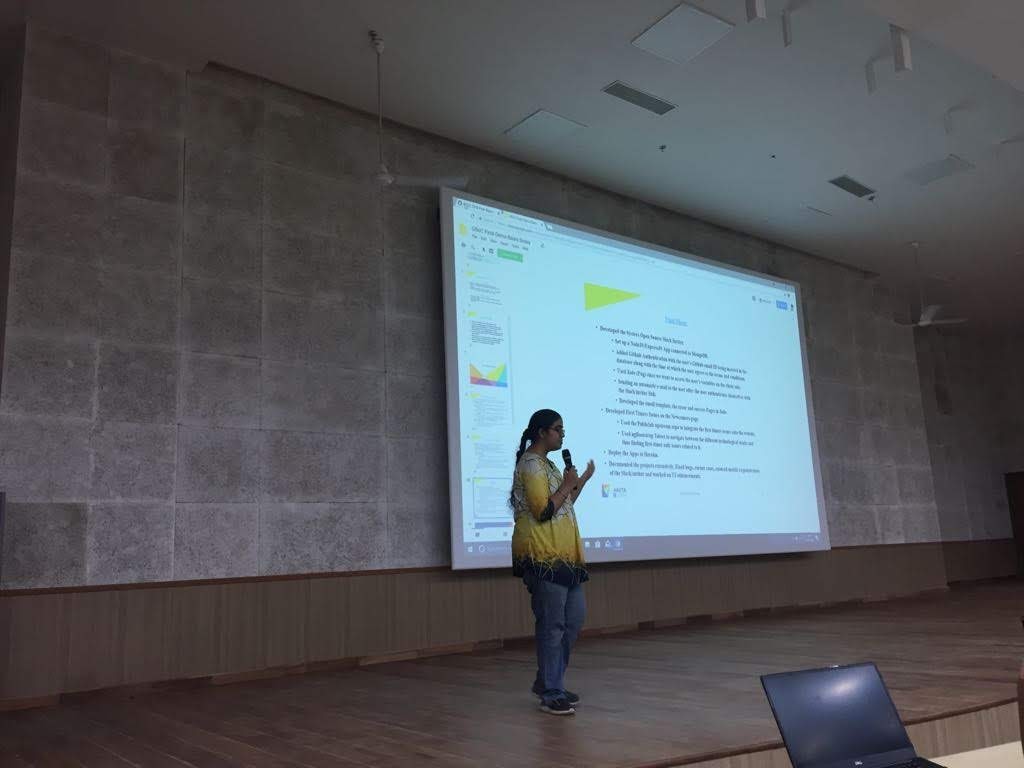
Core Team Member
Women Who Code Delhi
Conducted various tech talks and workshops, and coding events creating a strong coding culture amongst students as well as promoting diversity in technology.
Participated in Women Who Code Delhi Mentorship Program, wherein I closely mentored young girls, provided them with weekly tasks, according to their goals(learn Machine Learning, prepare for Interviews, get started with Open Source, apply for Scholarships, etc) for 3 months, and gave them feedback on their submissions.
Organised CodeOff Hackathon, the flagship hackathon of Women Who Code Delhi. Took care of the logistics, collaborations, sponsorship, etc for the event.
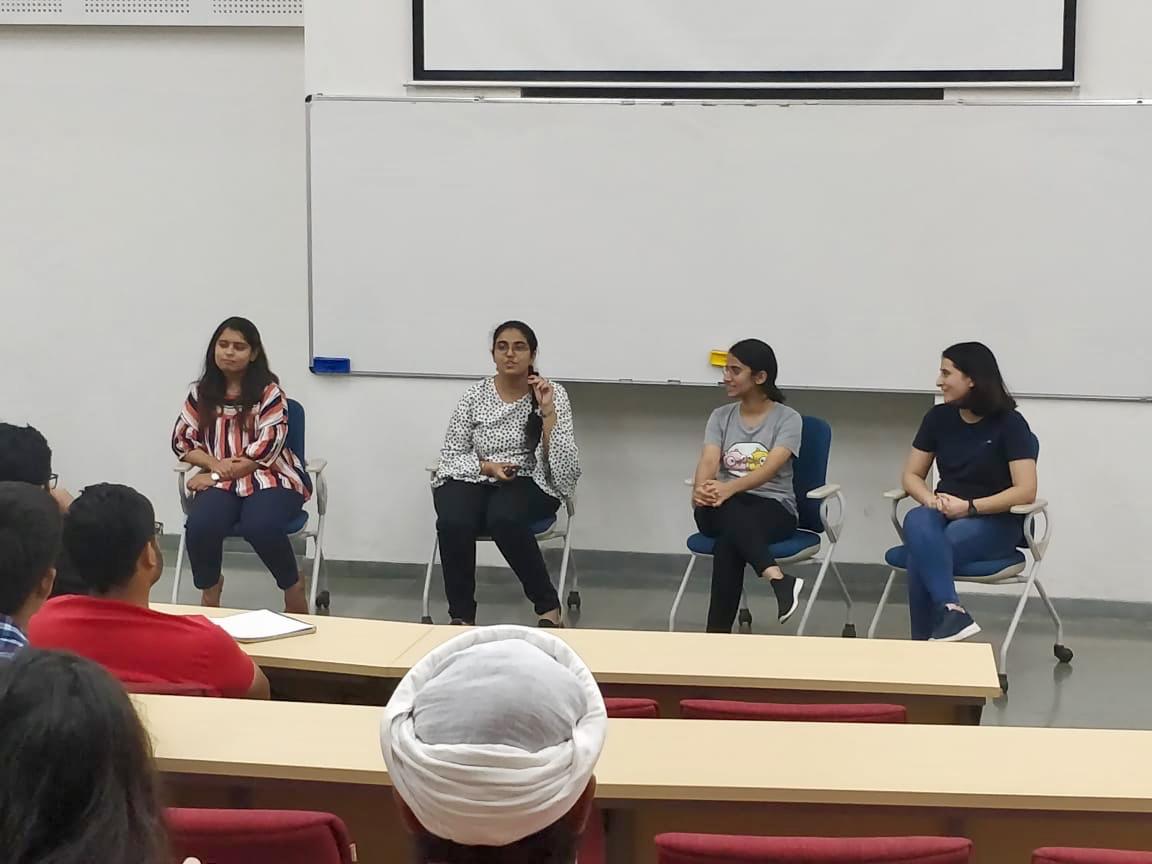
Core Team Member
Women Who Go DelhiWomen Who Go Delhi is the first chapter of WWG throughout India. I was a member of the Founding Core Team. Helped organise the first Women Who Go session, followed by organising various tech talks and workshops on GoLang, coordinated with other women groups in and around Delhi, publicised, promoted and managed the smooth running of the events.
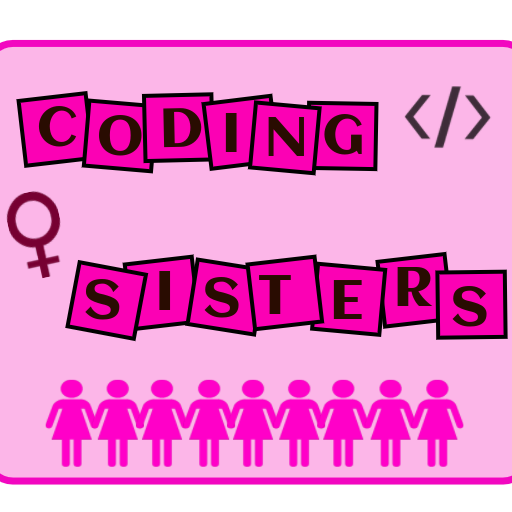
Co-Founder
Coding Sisters
Coding Sisters is a non-profit endeavour working towards the empowerment of girls and women by providing a nurturing community to bridge the gender gap in technology.
We, at Coding Sisters aim to accelerate the growth of technically proficient girls encouraging them to take up Sciences in general and Programming in particular during their schooling. Thus, inculcating the coding culture amongst young girls.
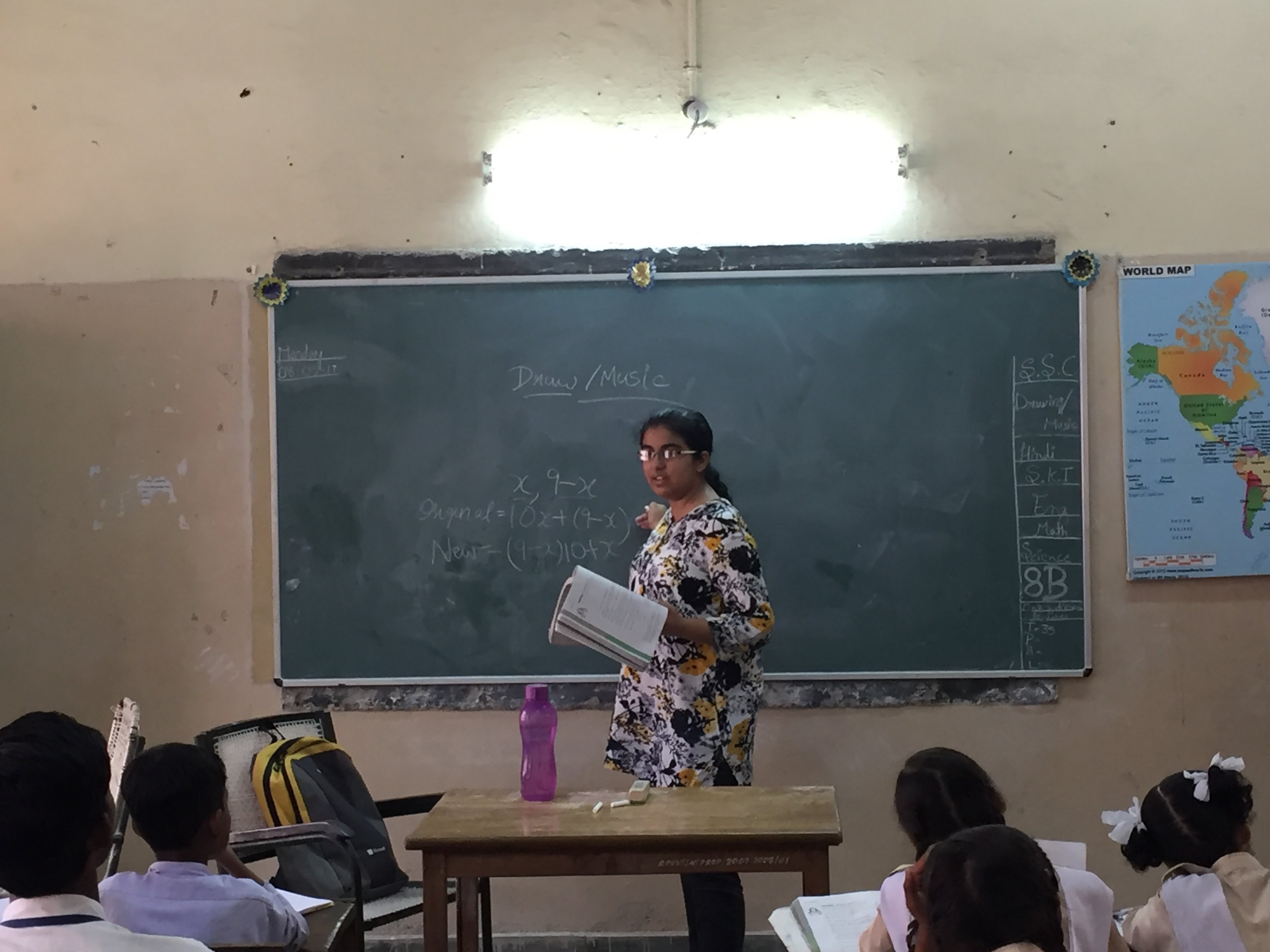
The larger aim of Coding Sisters is to shatter the negative stereotypes against the women in technology and increase the presence of women in STEM.
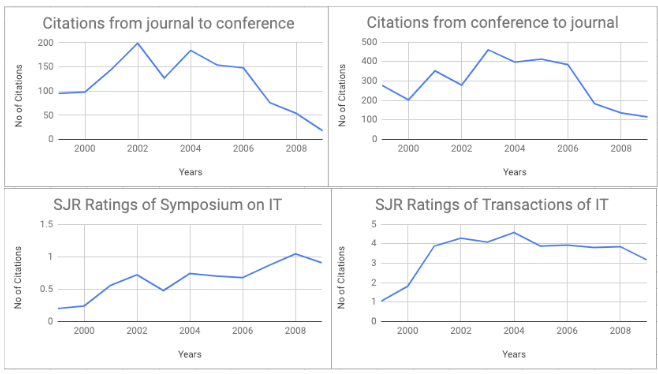
Unsupervised Anomaly Detection in Journal-Level Citation Networks
Accepted: ACM/IEEE Joint Conference on Digital Libraries, 2020(CORE A* Conference)
In this paper, we present a novel approach to detect the anomalies in a journal-level scientific citation network, and compare the results with the existing graph anomaly detection algorithms.
Due to the lack of proper ground-truth, we introduce a journal-level citation anomaly dataset which consists of synthetically injected citation anomalies and use it to evaluate our methodology.
Our model is able to predict the anomalous citation pairs with a precision of 100% and an F1-score of 86%.
We further categorize the detected anomalies into various types and reason out possible causes. We also analyse our model on the Microsoft Academic Search dataset - a real-world citation dataset and interpret our results using a case study, wherein our results resemble the citations and SCImago Journal Rank (SJR) rating-change charts, thus indicating the usefulness of our method.
We further design `Journal Citation Analysis Tool', an interactive web portal which, given the citation network as an input, shows the journal-level anomalous citation patterns and helps users analyse citation patterns of a given journal over the years.
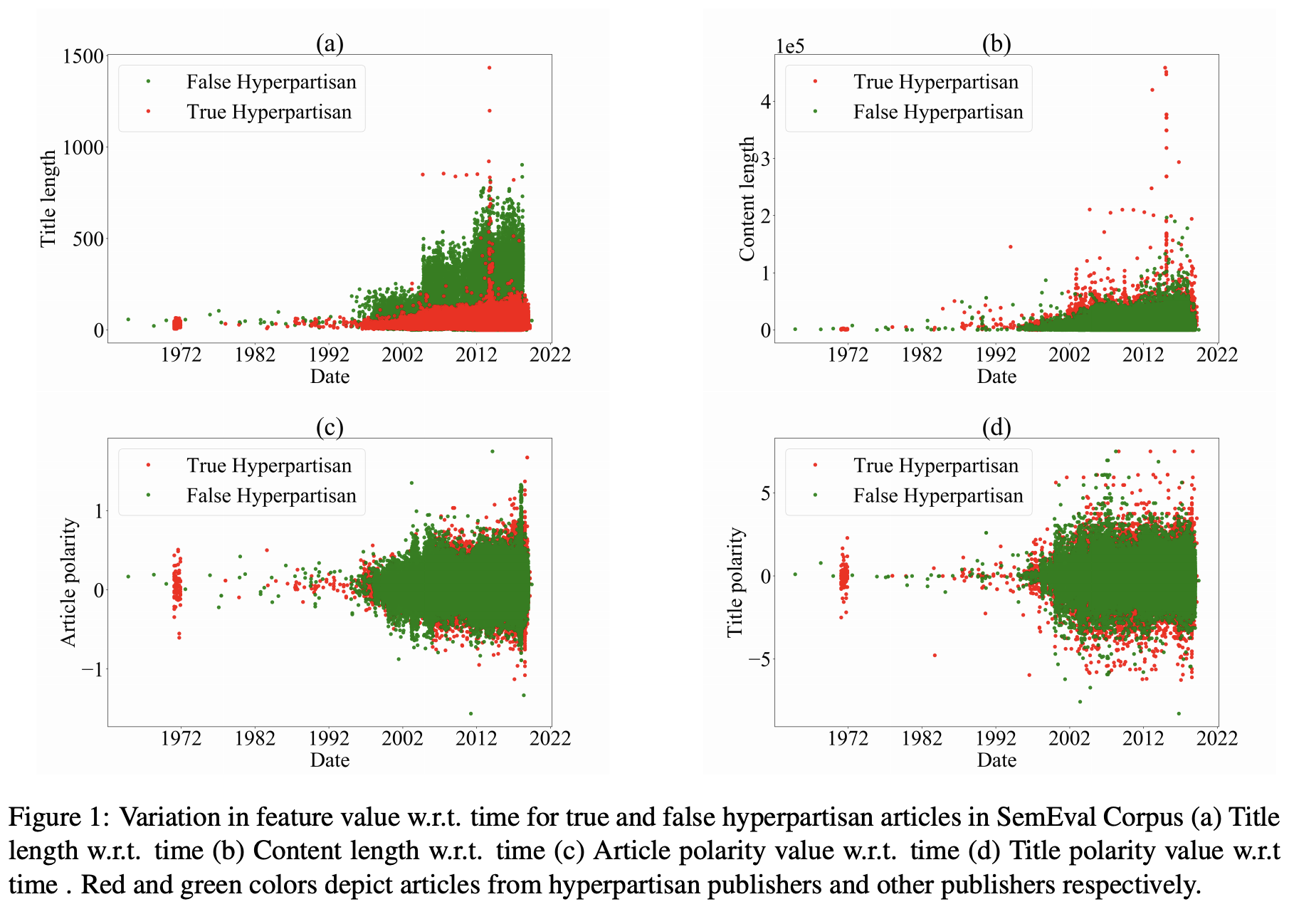
Stylometric Insights into Hyperpartisan News Detection
Published: SemEval, NAACL 2018
In this paper, we present a news bias prediction system, which we developed as part of a SemEval 2019 task. We developed an ensemble learning based, XGBoost system which uses character and word level n-gram features represented using TF-IDF, count vector based correlation matrix, and predicts if an input news article is a hyperpartisan news article. Our model achieved an accuracy of around 96% on the BuzzFeed corpus and XGBoost with simple character level N-Gram embeddings to be performing the best.
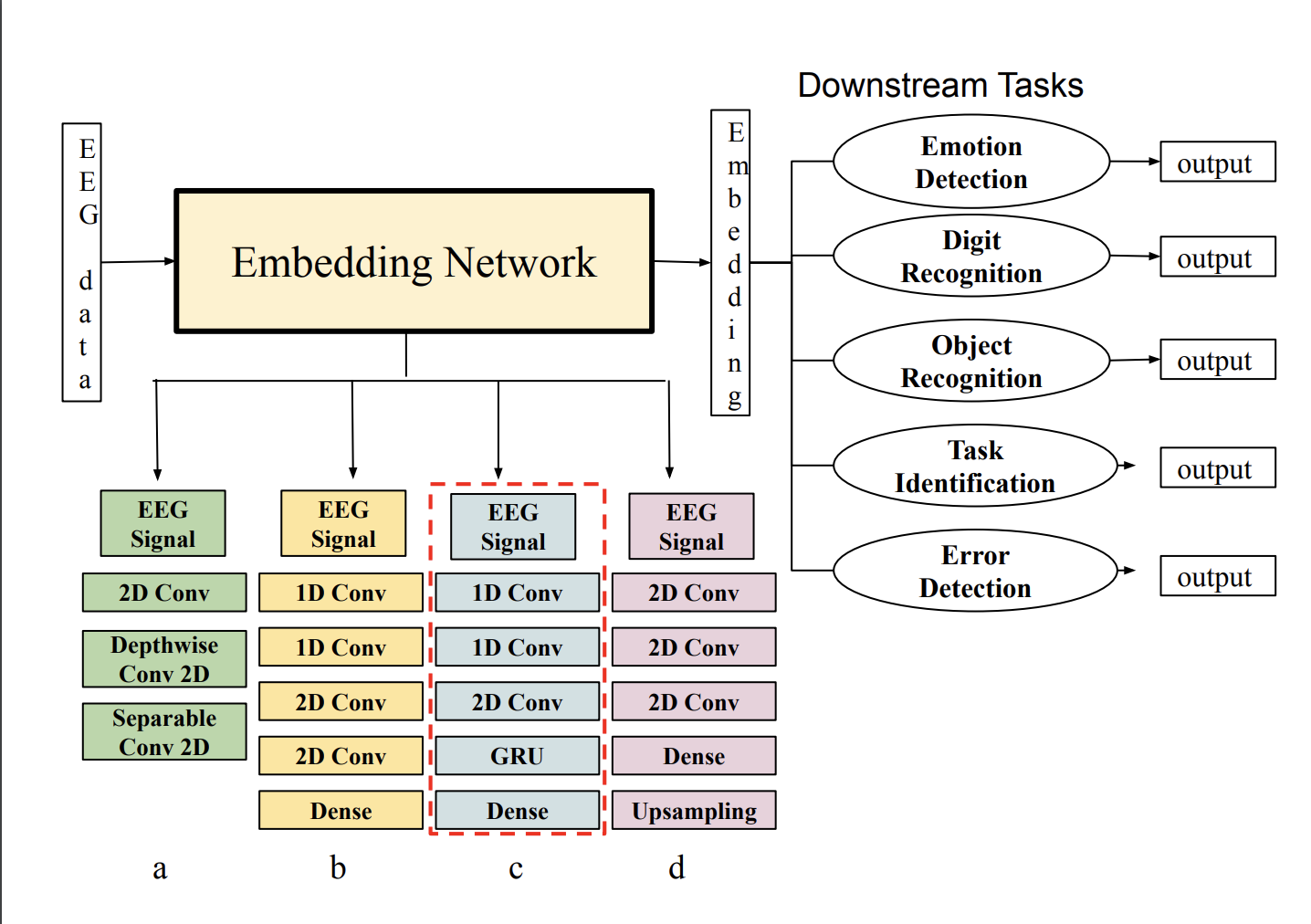
Universal EEG Encoder for Learning Diverse Intelligent Tasks
Published: IEEE International Conference on Multimedia Big Data
Brain Computer Interfaces (BCI) are being increasingly exploited for creating a direct communication between the human brain and an external agent. Electroencephalography (EEG) is one of the most commonly used signal acquisition techniques due to its non-invasive nature, and high temporal resolution. One of the major challenges in BCI studies is the individualistic analysis required for each task. Thus, task-specific feature extraction and classification are performed, which fails to generalize to other tasks with similar time-series EEG input data. Towards this end, we design a GRU-based universal deep learning encoding architecture to extract meaningful features from publicly available datasets for five diverse EEG-based classification tasks namely Emotion Detection, Digit Recognition, Object Recognition, Task Identification and Error Detection. The network can generate task and format independent embeddings and outperforms the state of the art EEGNet architecture on most experiments. Such a representation can enable efficient analysis across multiple datasets and eliminate the need to manually extract handcrafted features pertaining to every task. We also compare our results with CNN-based, and Autoencoder network, in turn performing local, spatial, temporal and unsupervised analysis on the data.
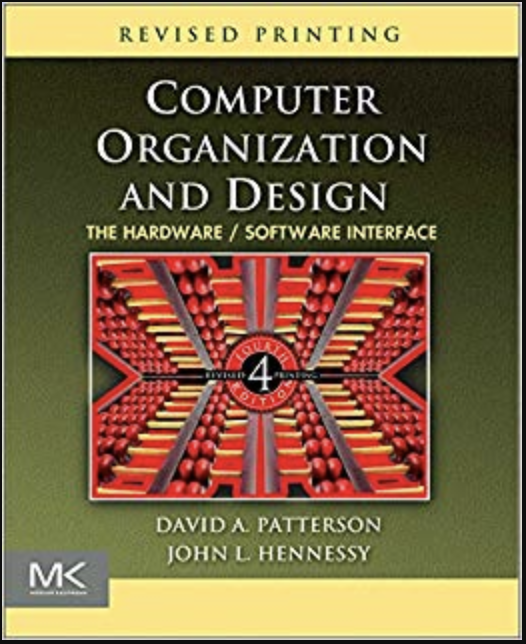
Teaching Assistant
Computer Organisation
Undergraduate Teaching Assistant for CSE 112 - Computer Organisation, taken by 200 sophomore students in Monsoon 2018.
Set questions for and took tutorials, checked quizzes, assignments, exams and took assignment demos. Setup regular as well as extra office hours to clear the doubts of the students.
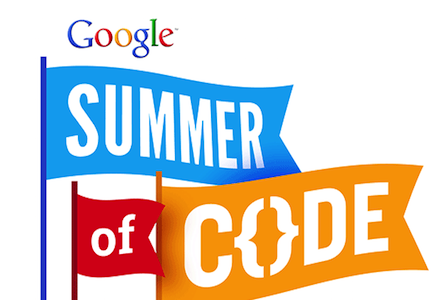
Google Summer of Code Student Intern
Systers, Anita B.Org Institute
Worked with Systers, the Open Source branch of Anita B.Org Institute, as a Full Stack Developer, to create a unified Web portal for the Systers community using MEAN stack to ensure a harassment-free environment in the community and to ease out the transition from a newcomer to a contributor.
Also developed an automatic slack inviter app which authenticates the user's Github account and sends automatic email invite to the users on their Github Authenticated email IDs. The user information gets stored in the integrated MongoDB(MLab) database which is used by both the apps. The portal reaches out to 1 lakh+ users annually.
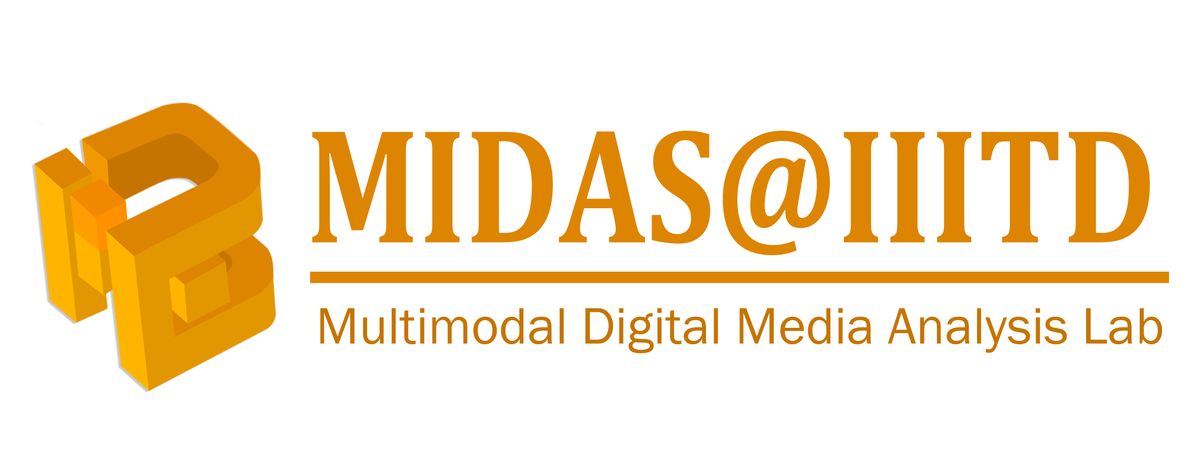
Undergraduate Researcher
MIDAS
Worked on creating a Universal EEG Encoder for Learning Diverse Intelligent Tasks.
Brain Computer Interfaces (BCI) are being increasingly exploited for creating a direct communication between the human brain and an external agent. Electroencephalography (EEG) is one of the most commonly used signal acquisition techniques due to its non-invasive nature, and high temporal resolution. One of the major challenges in BCI studies is the individualistic analysis required for each task. Thus, task-specific feature extraction and classification are performed, which fails to generalize to other tasks with similar time-series EEG input data. Towards this end, we design a GRU-based universal deep learning encoding architecture to extract meaningful features from publicly available datasets for five diverse EEG-based classification tasks namely Emotion Detection, Digit Recognition, Object Recognition, Task Identification and Error Detection. The network can generate task and format independent embeddings and outperforms the state of the art EEGNet architecture on most experiments. Such a representation can enable efficient analysis across multiple datasets and eliminate the need to manually extract handcrafted features pertaining to every task. We also compare our results with CNN-based, and Autoencoder network, in turn performing local, spatial, temporal and unsupervised analysis on the data.
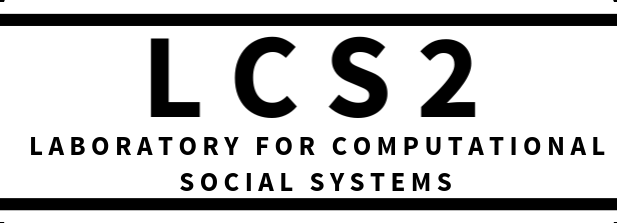
Undergraduate Researcher
Laboratory of Computational Social Science
Developed a novel approach to detect the anomalies in a journal-level scientific citation network, which outperforms the results of the existing graph anomaly detection algorithms.
Paper submitted to Scientometric journal(Results awaited).
